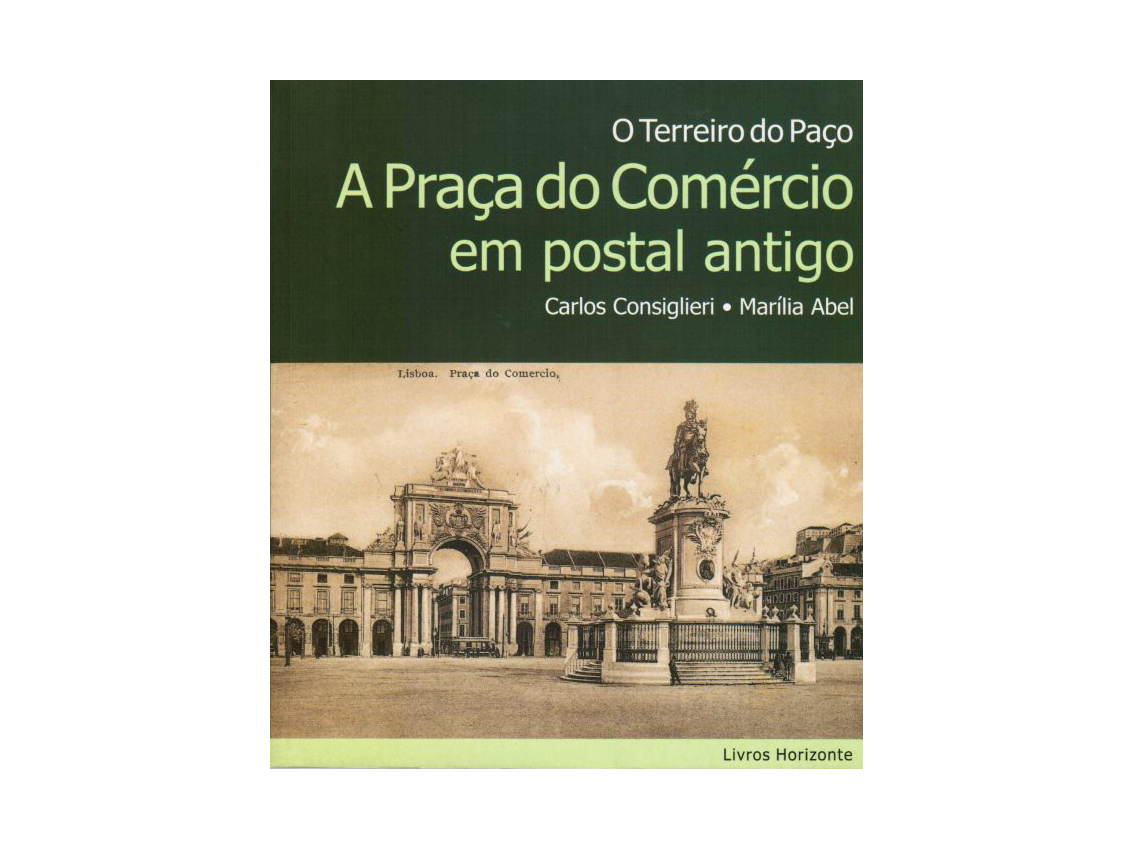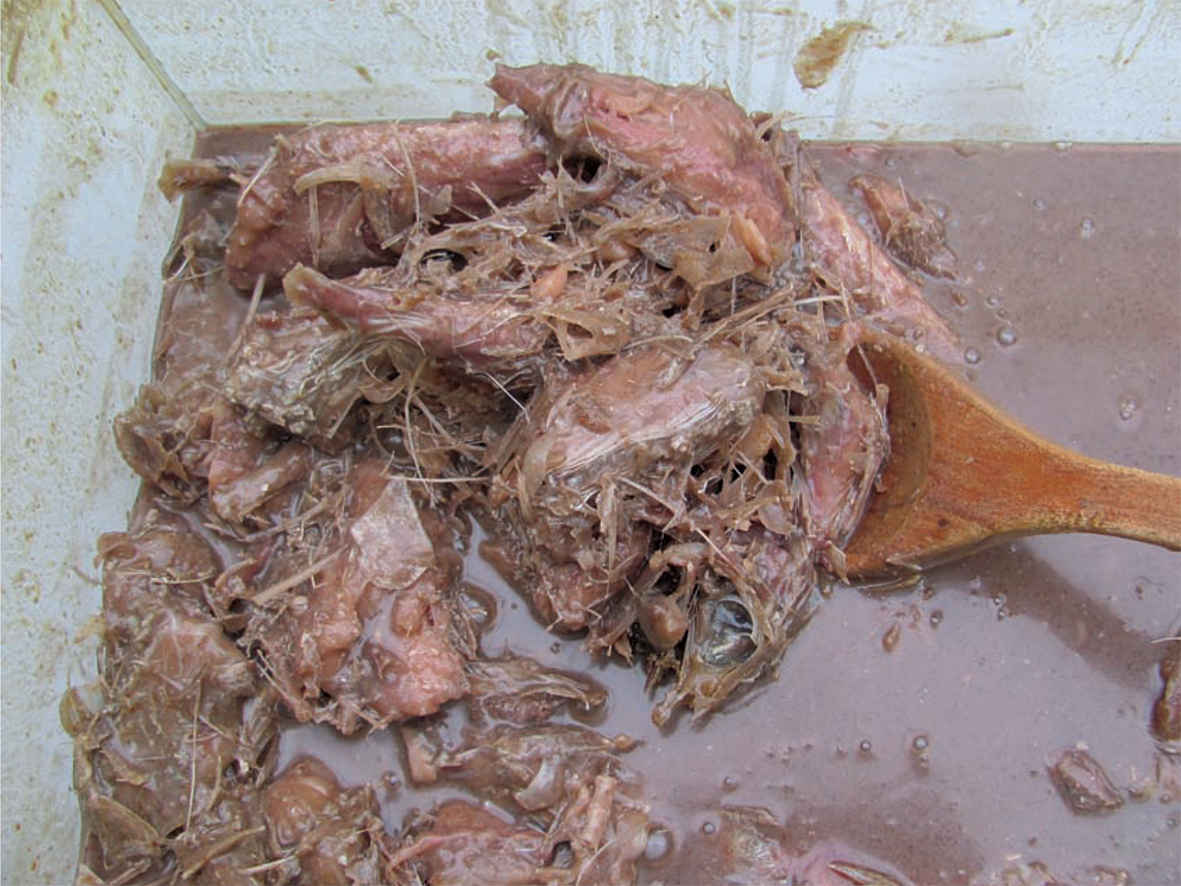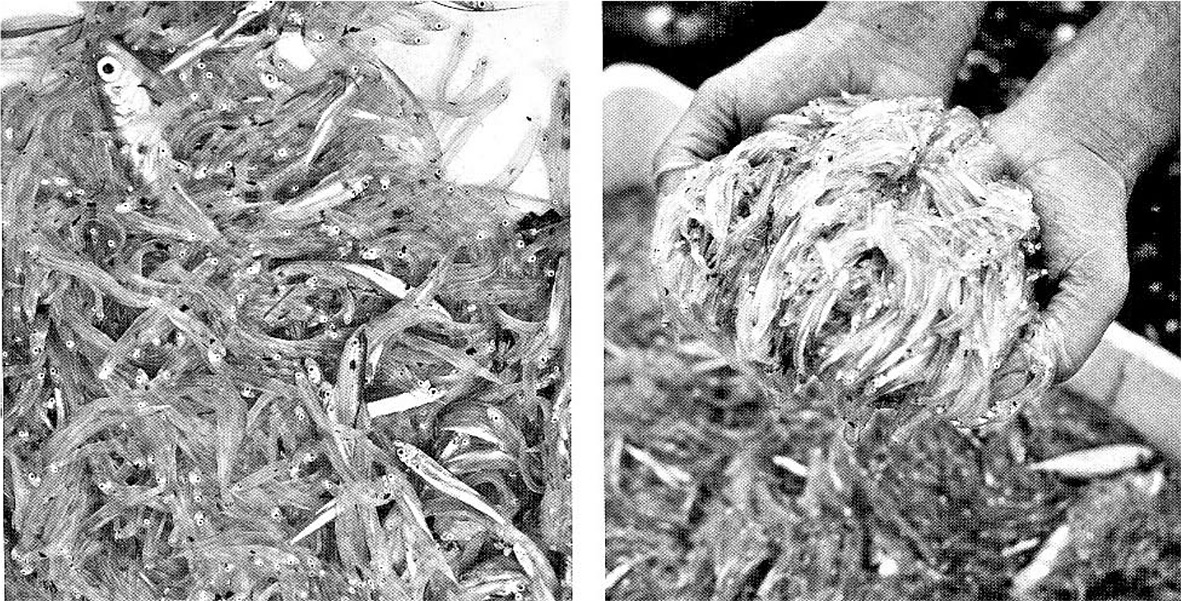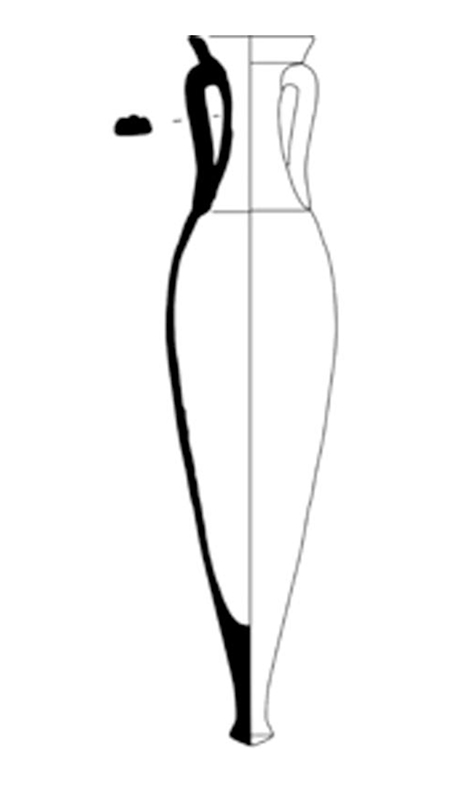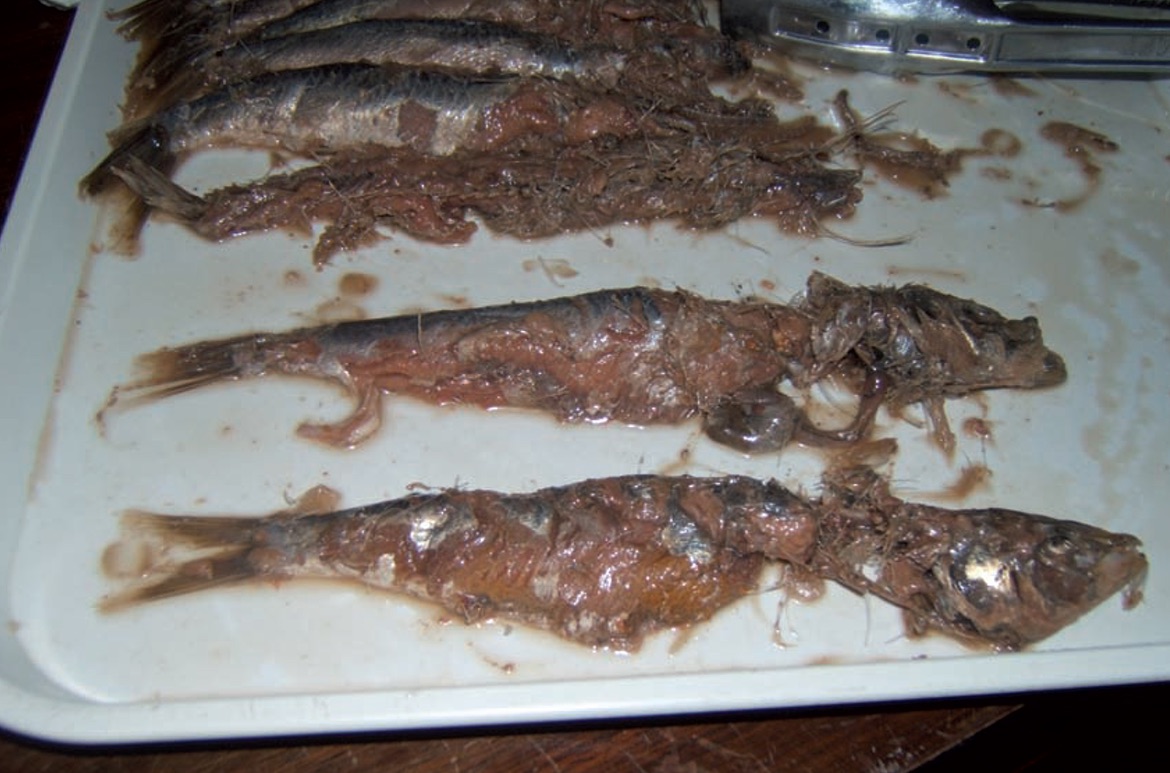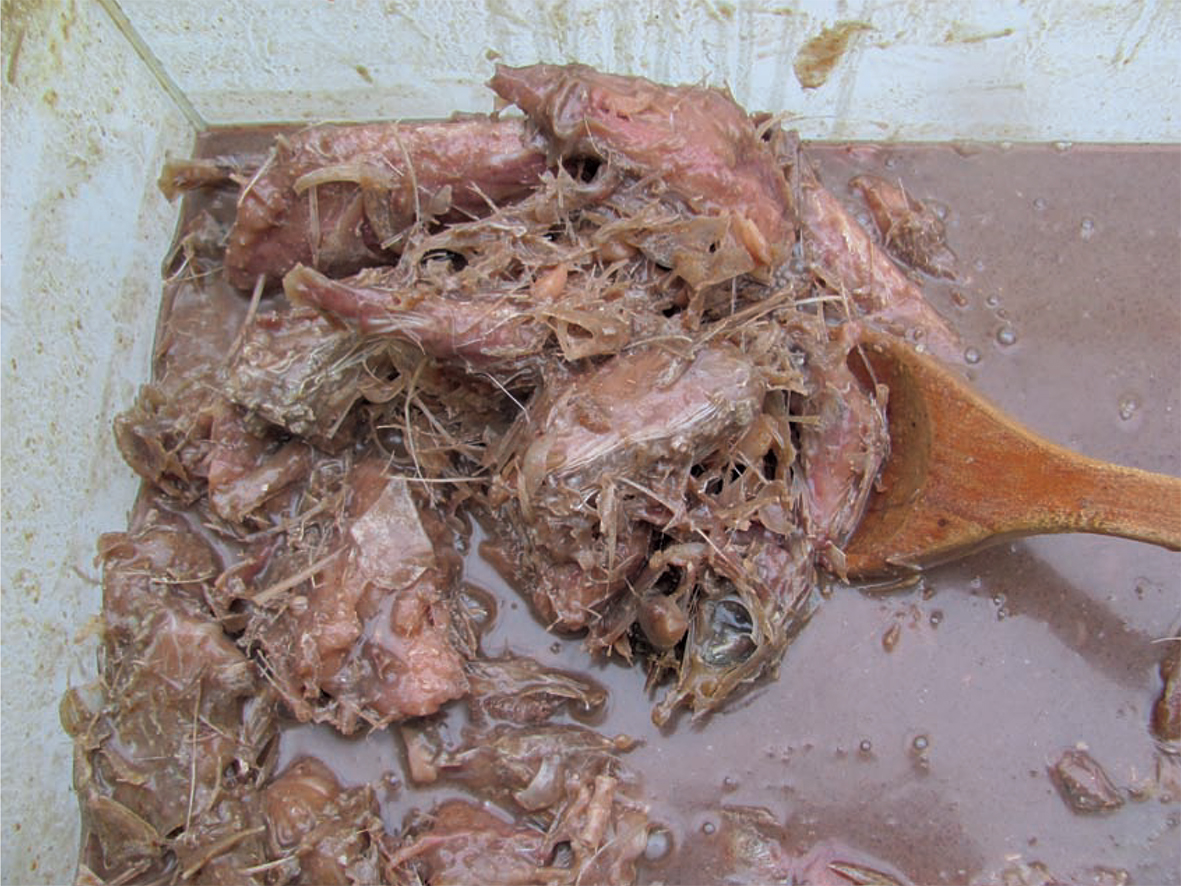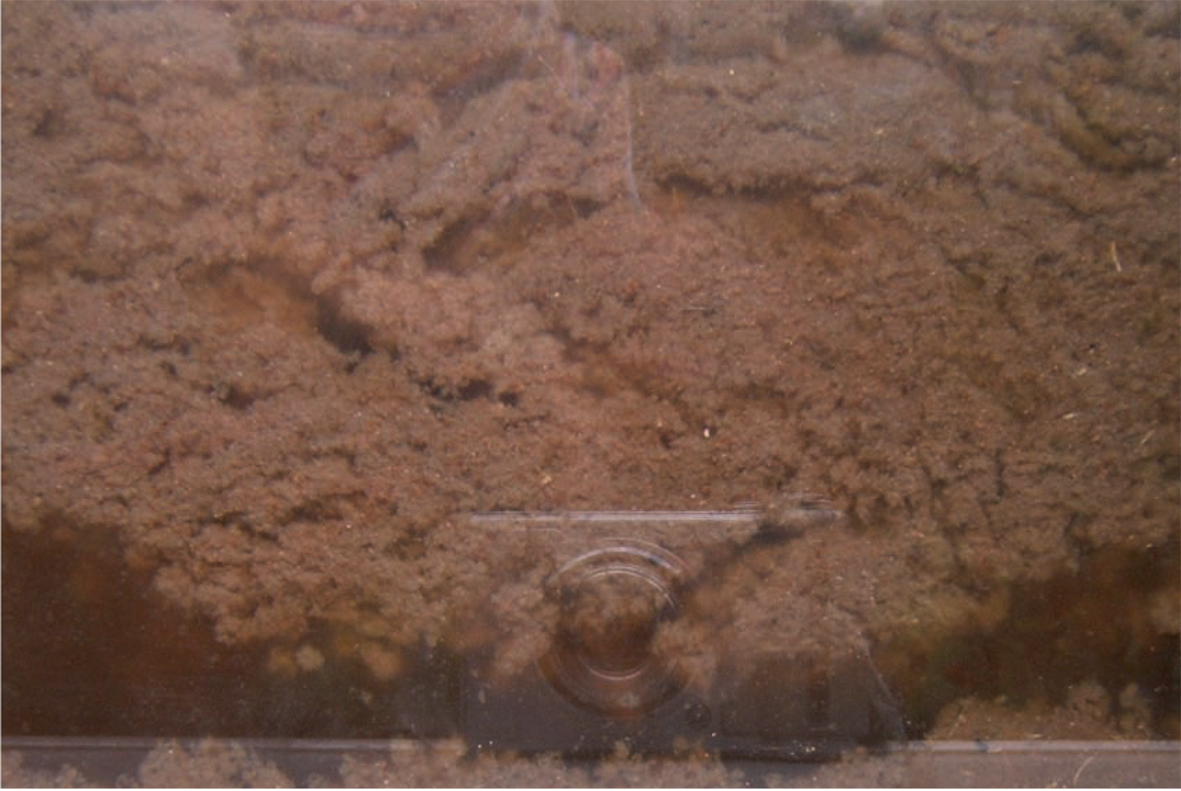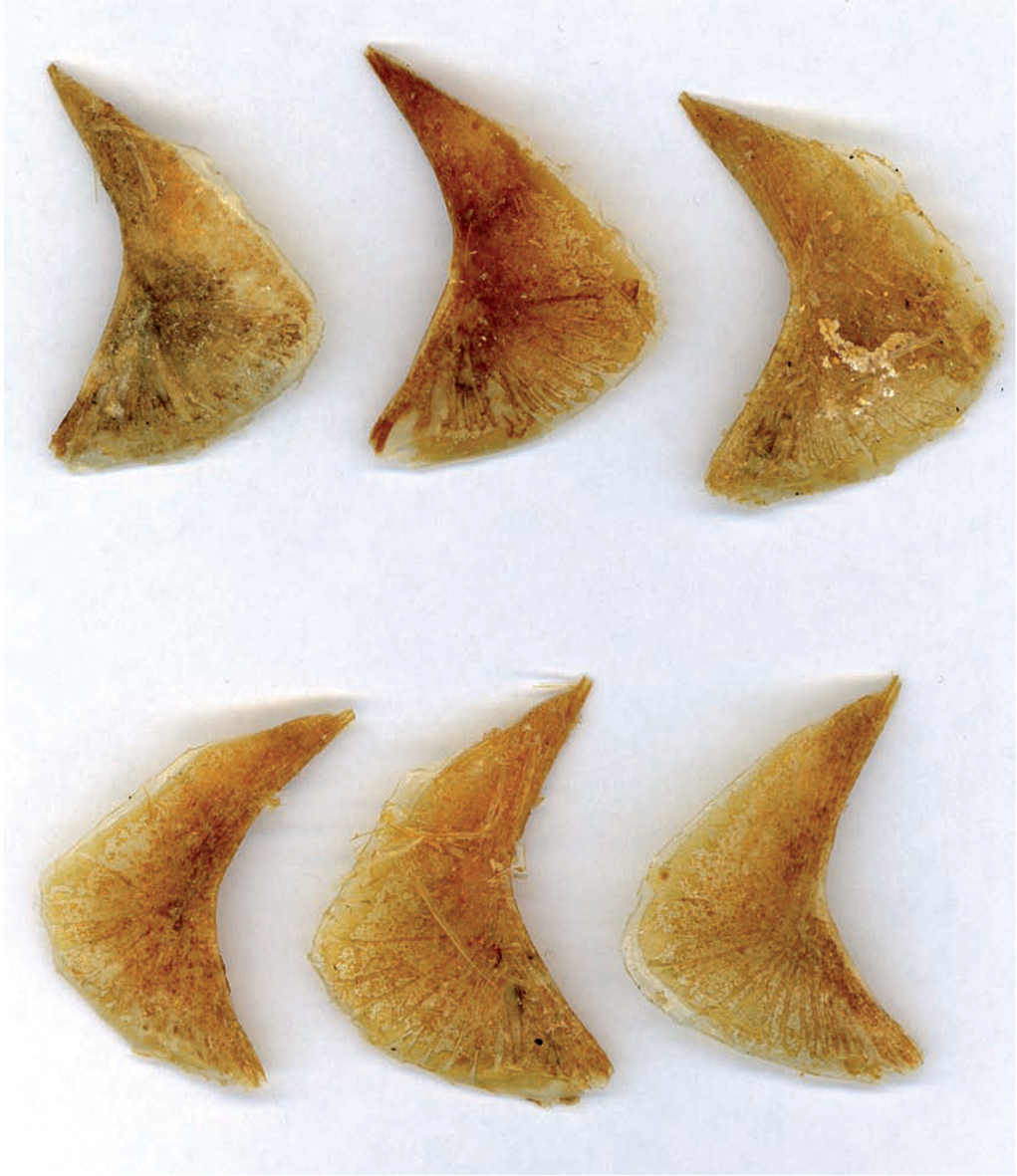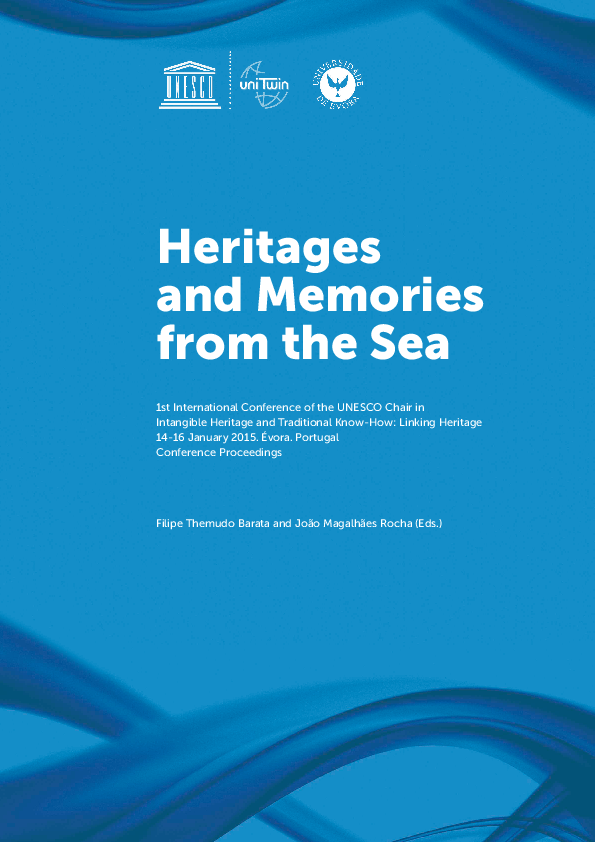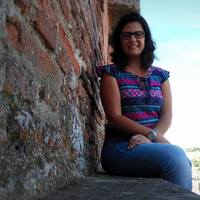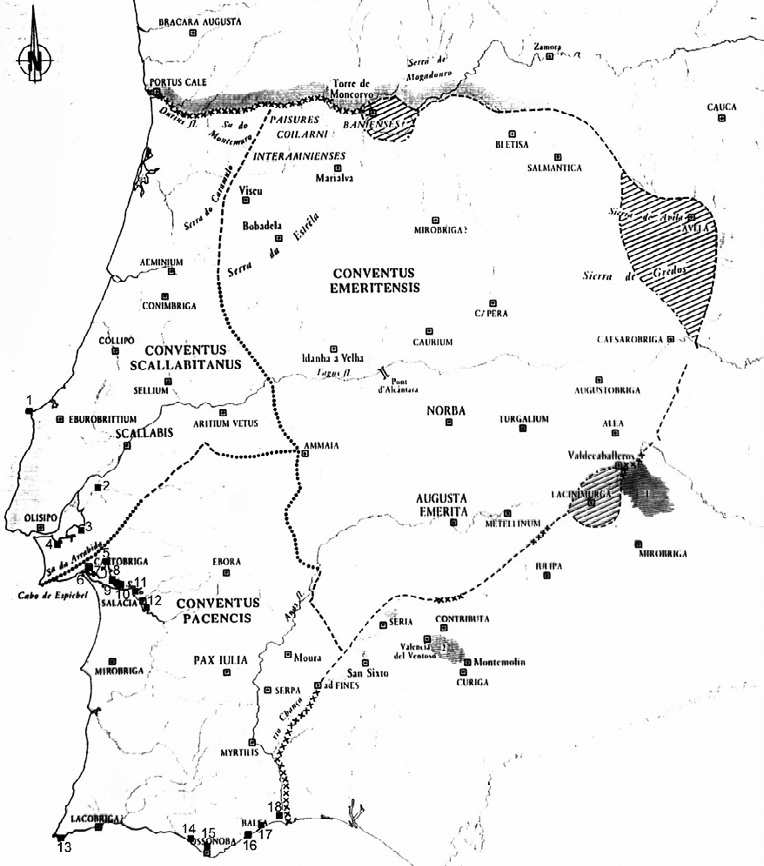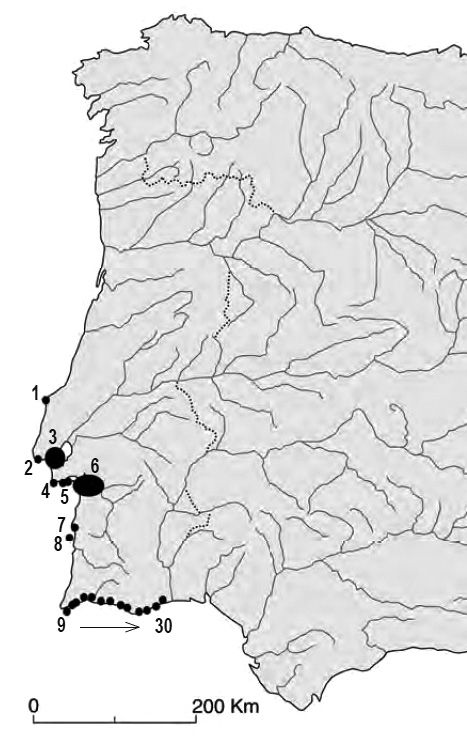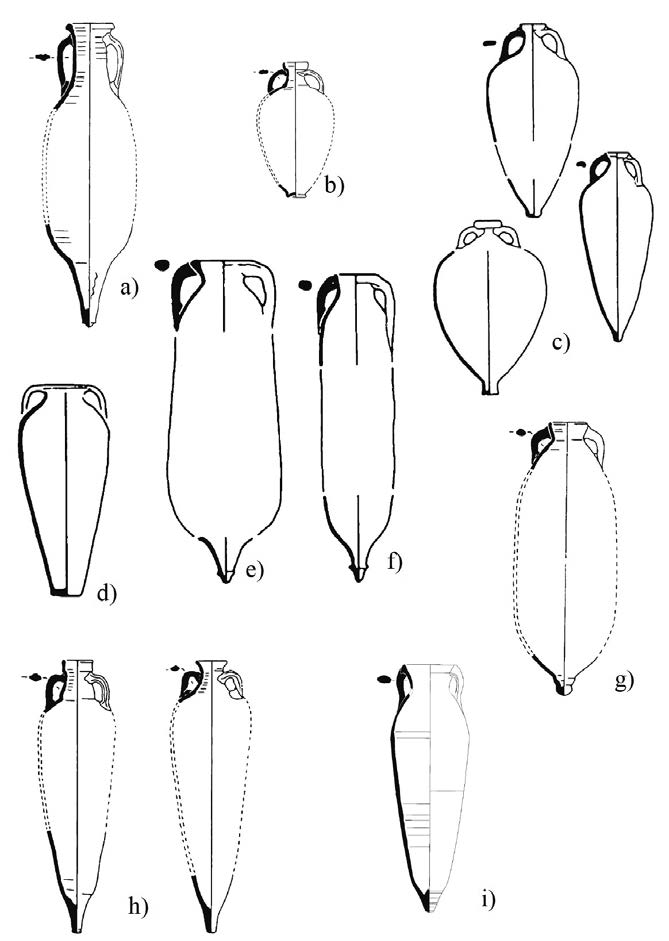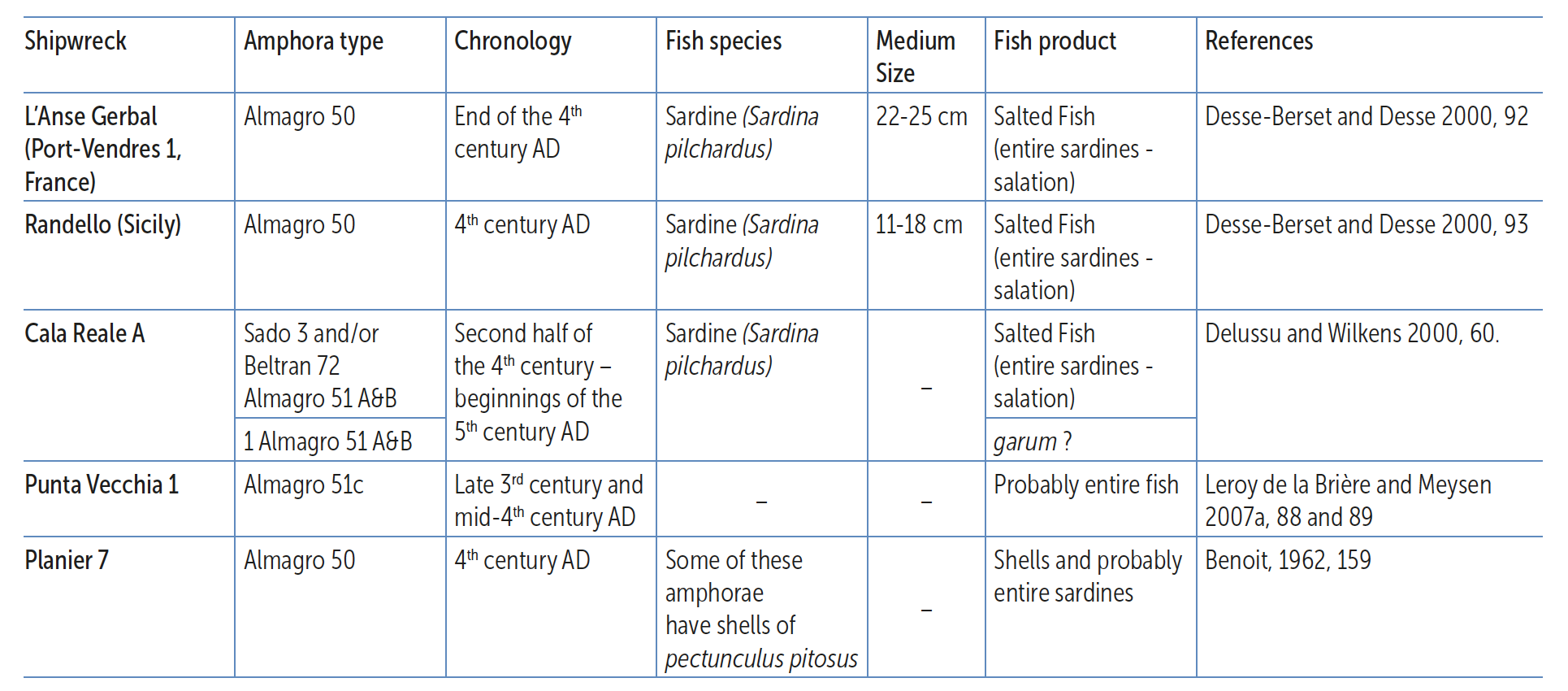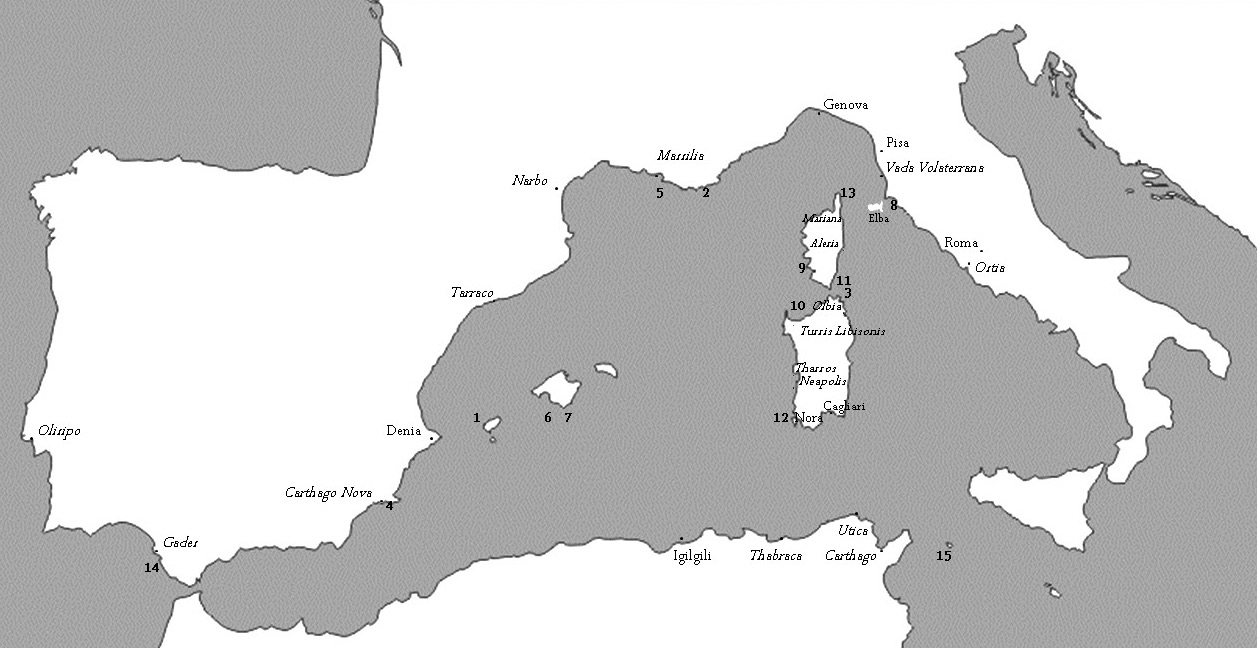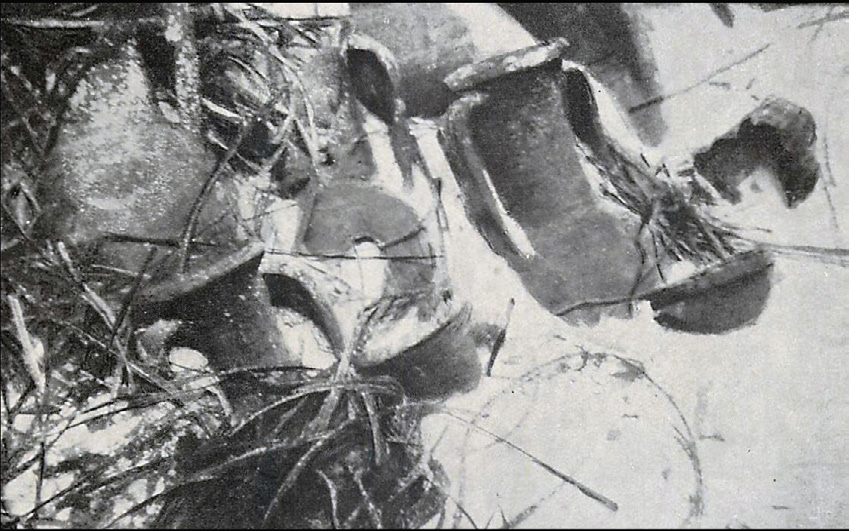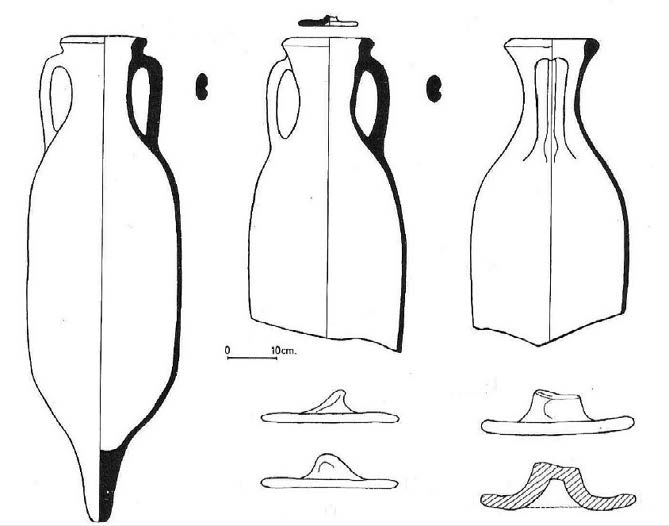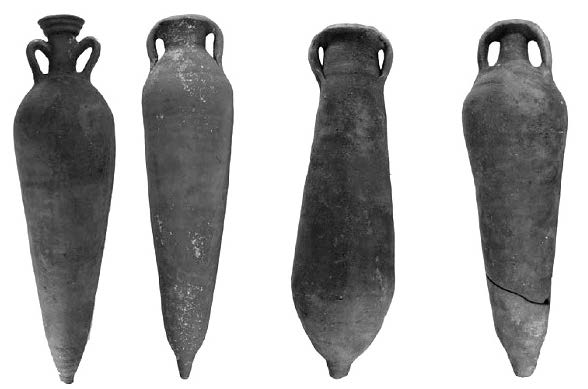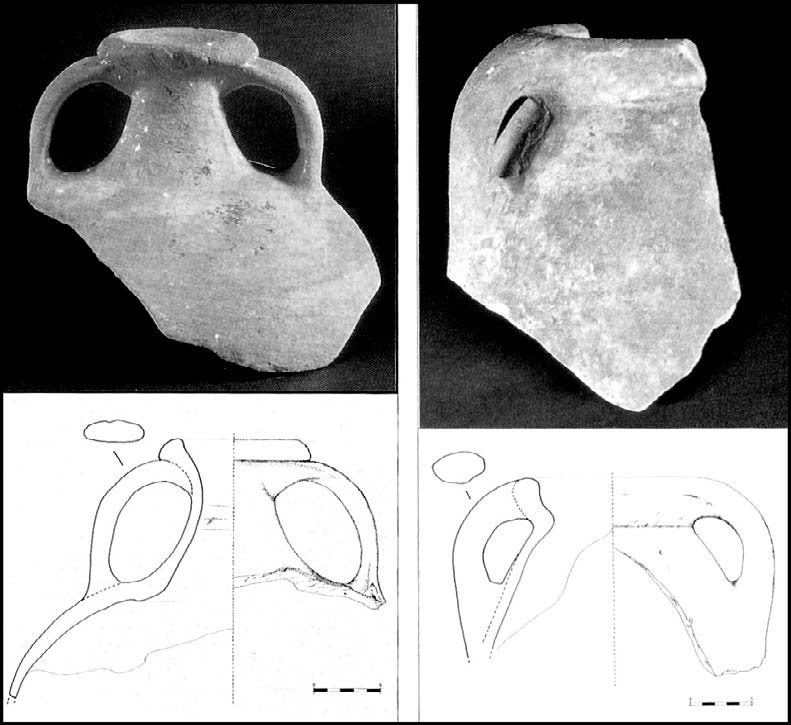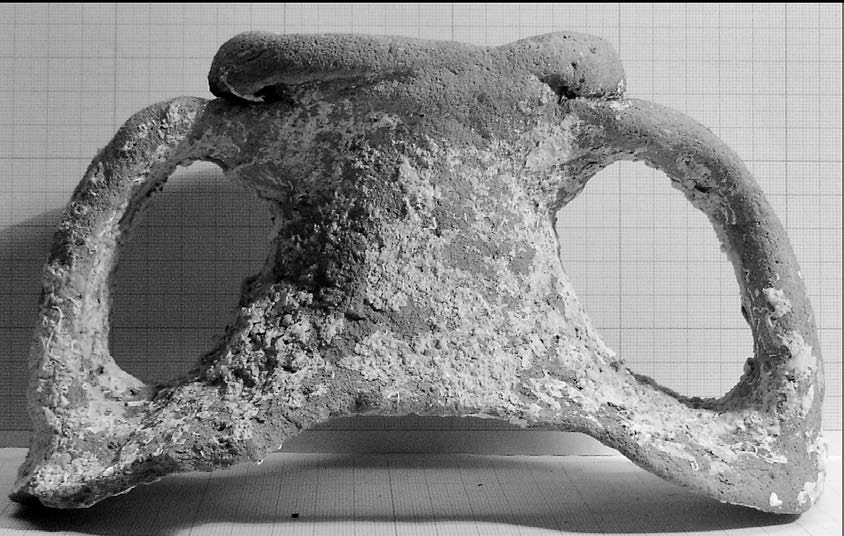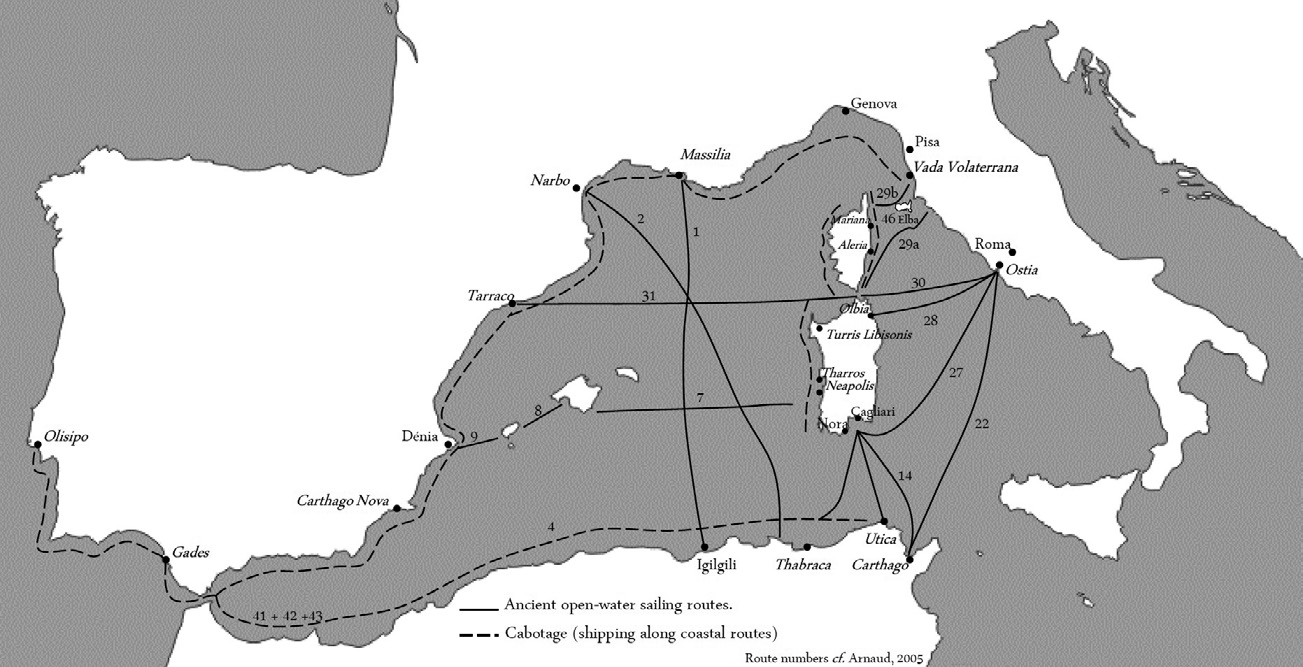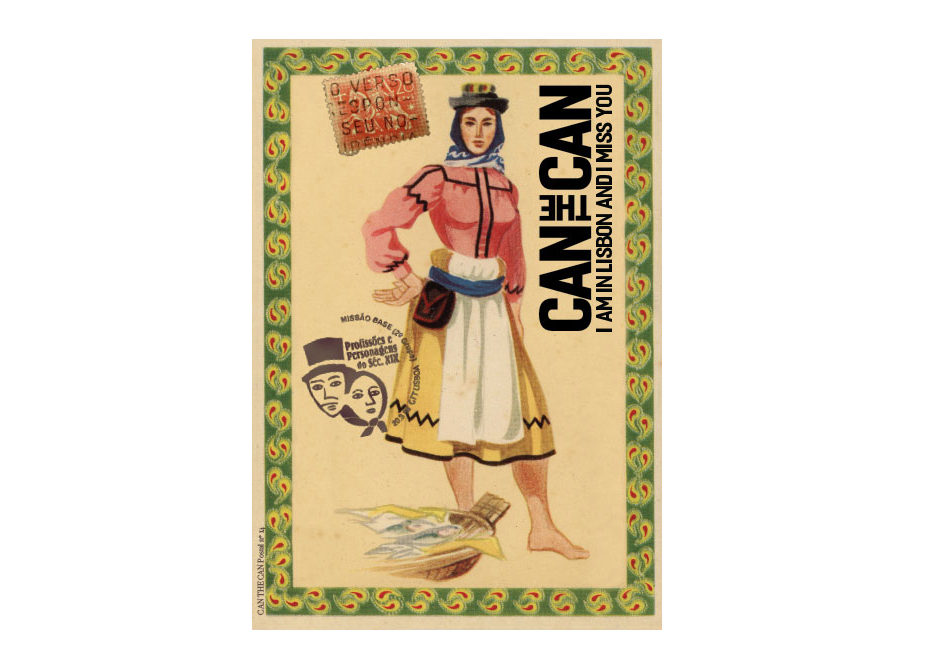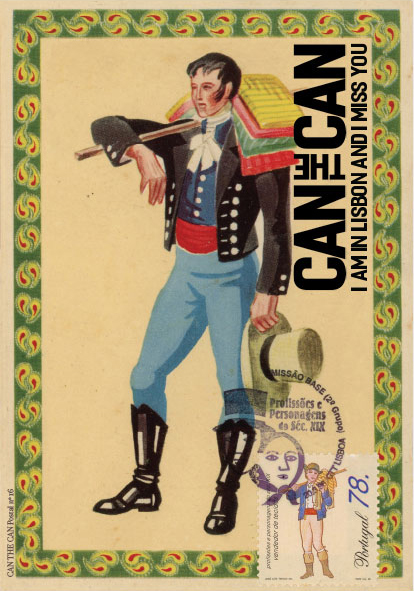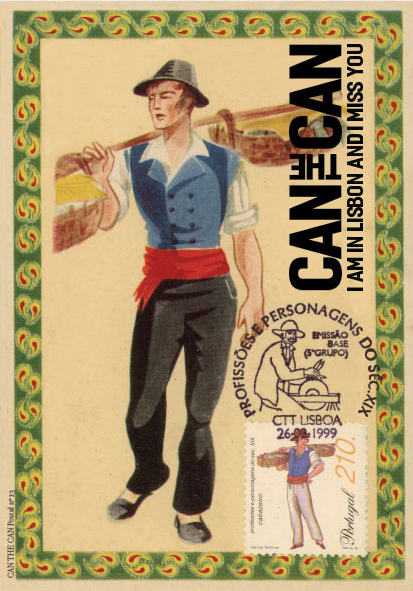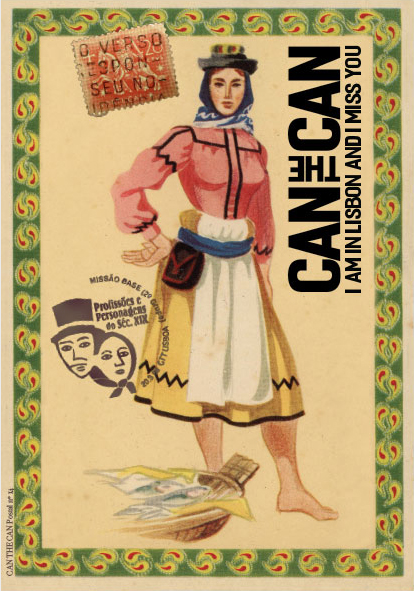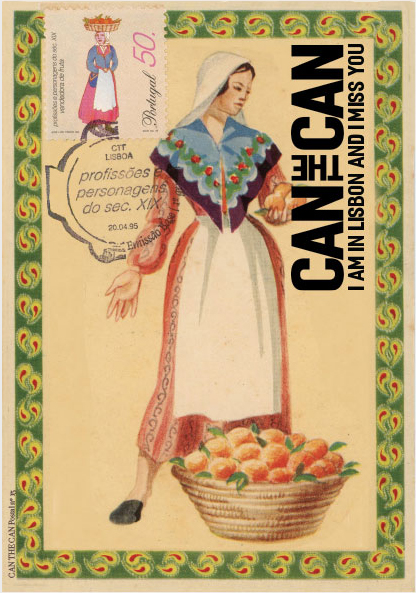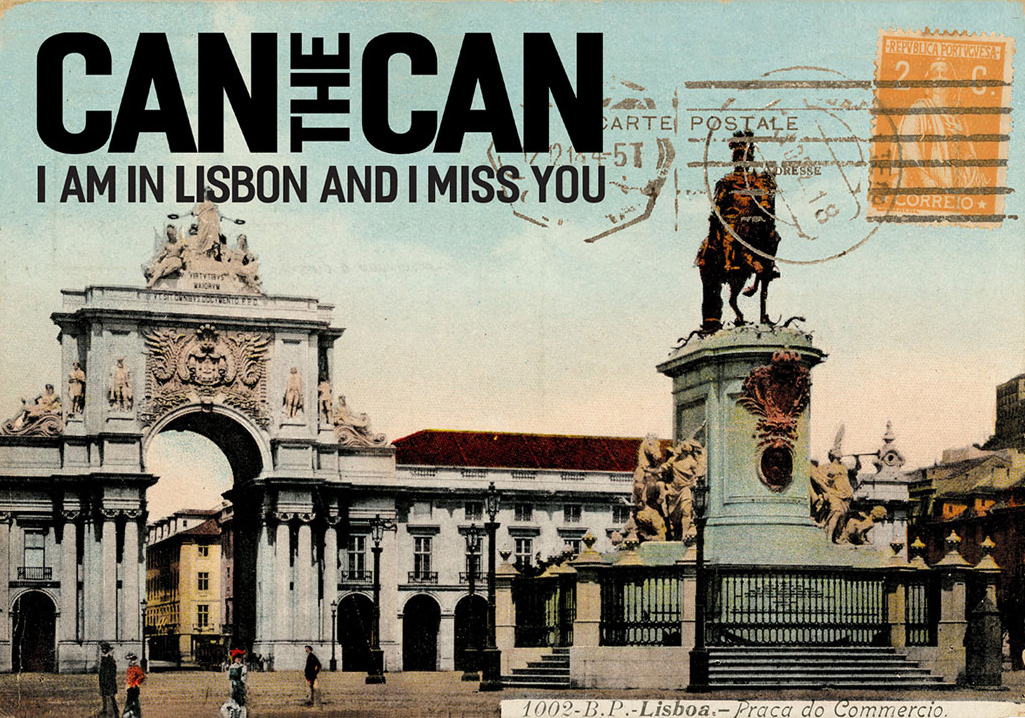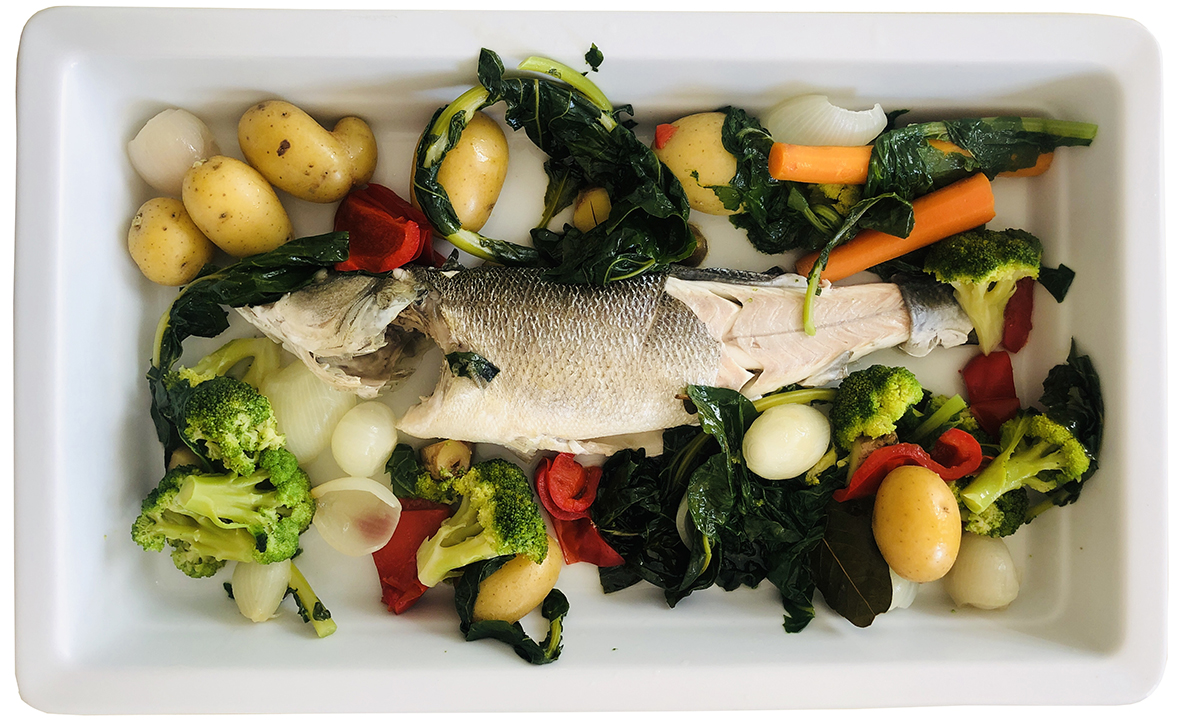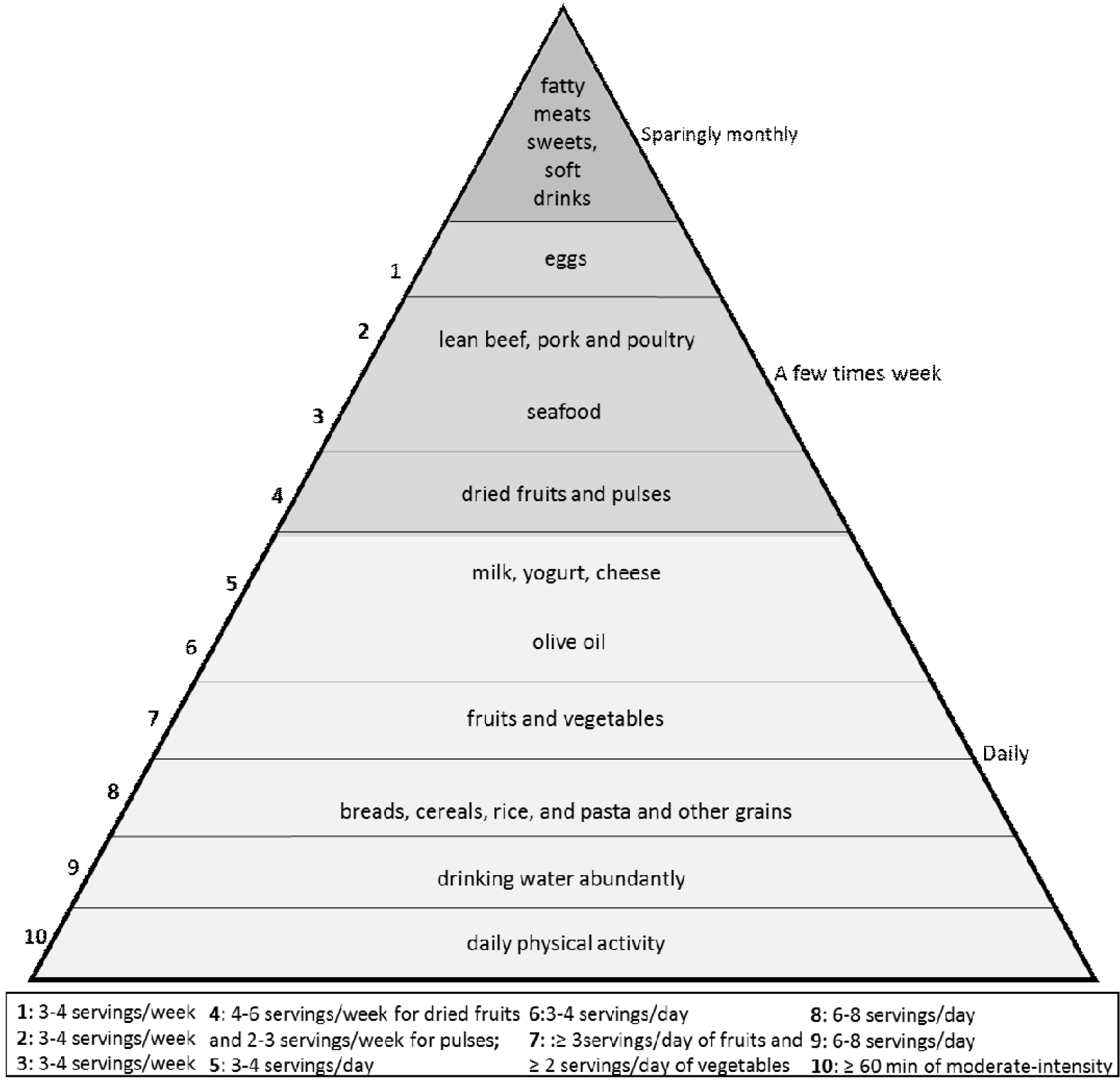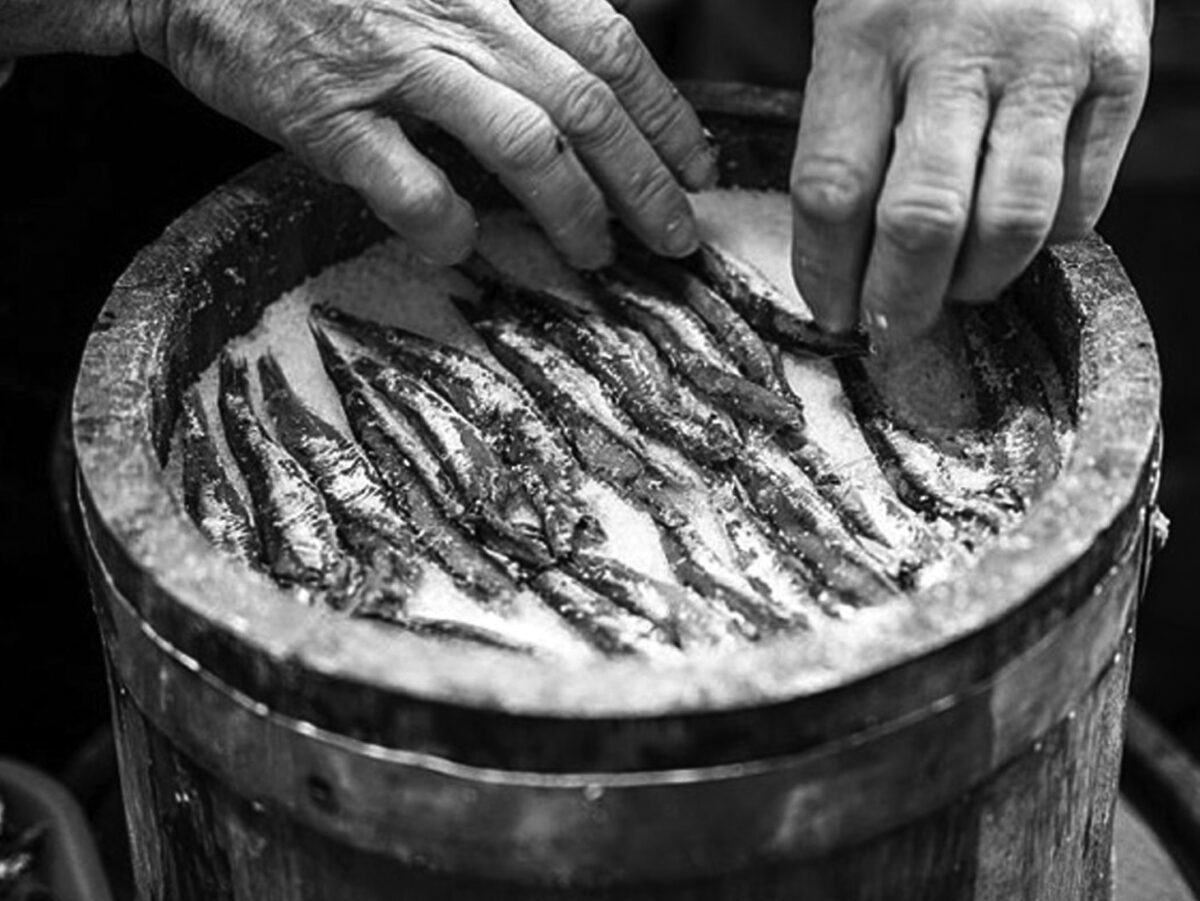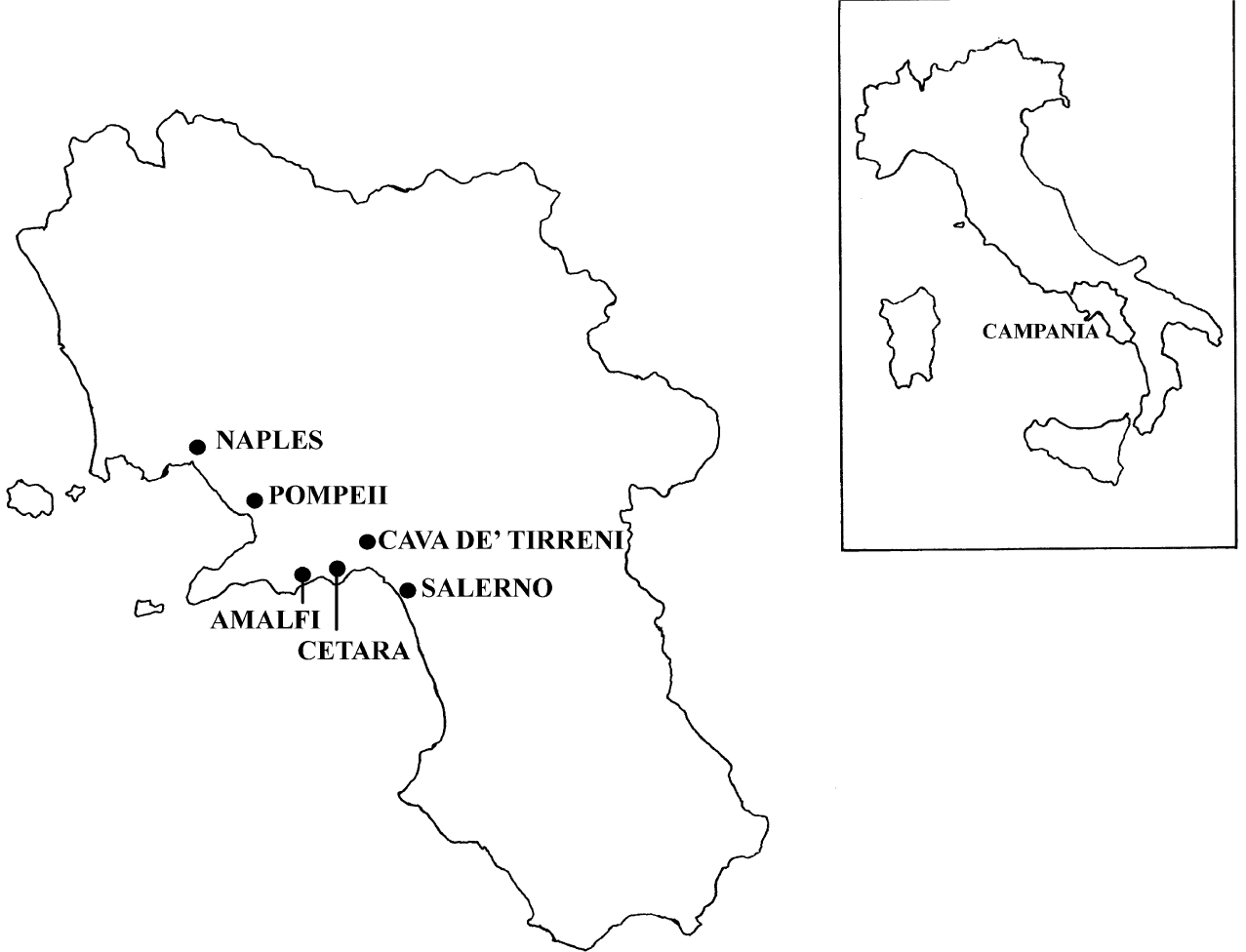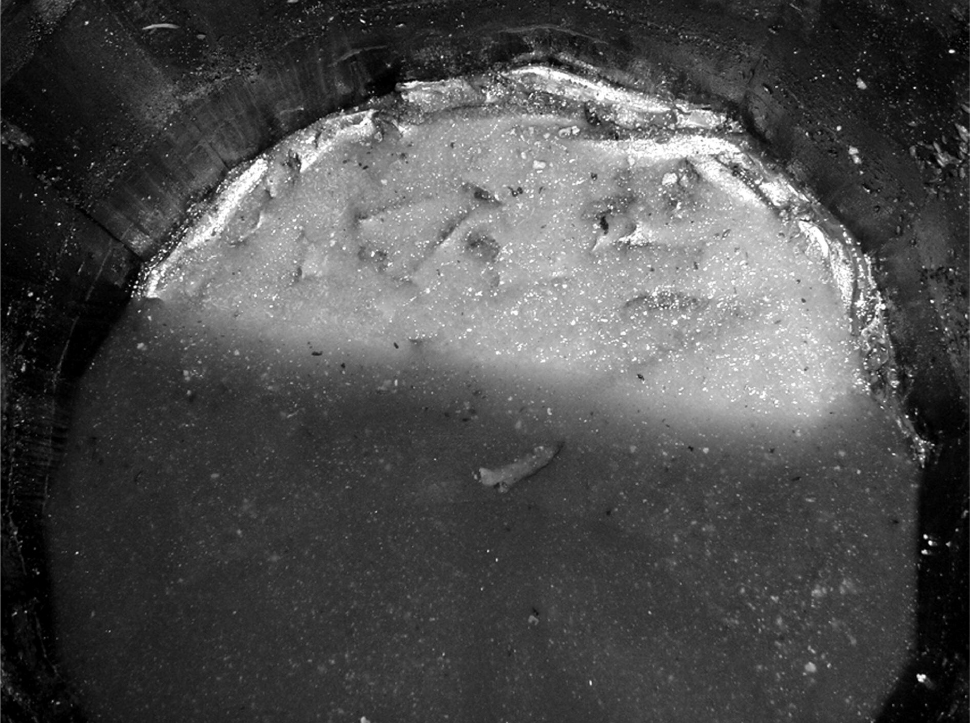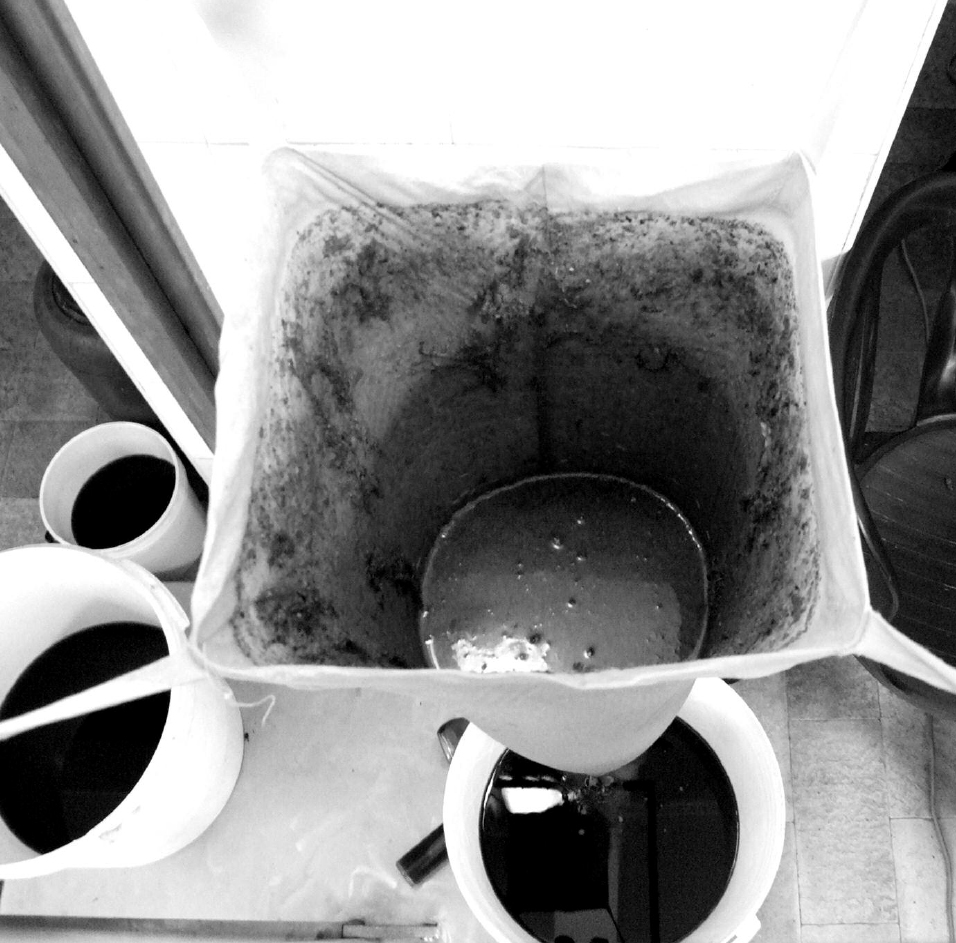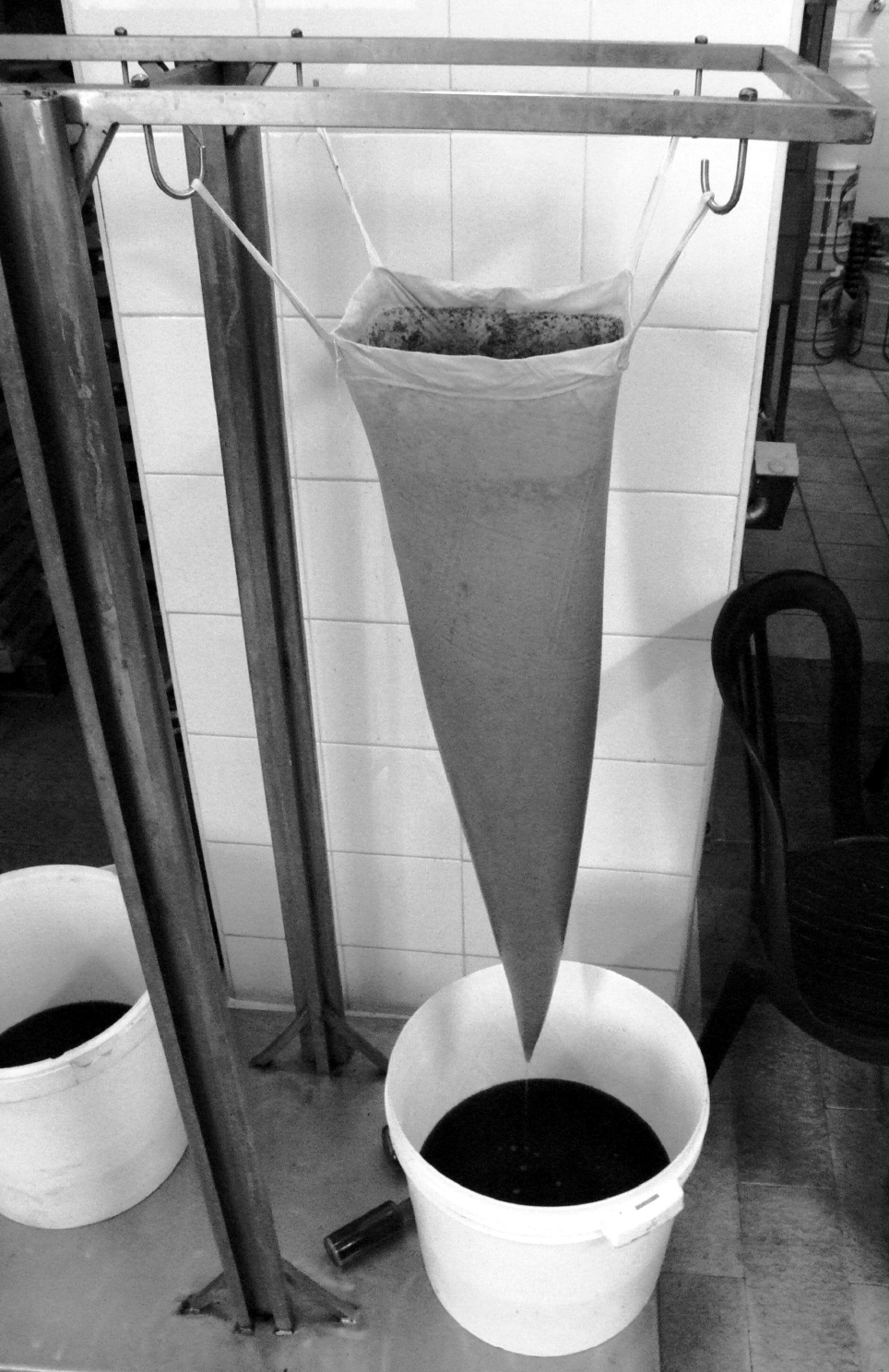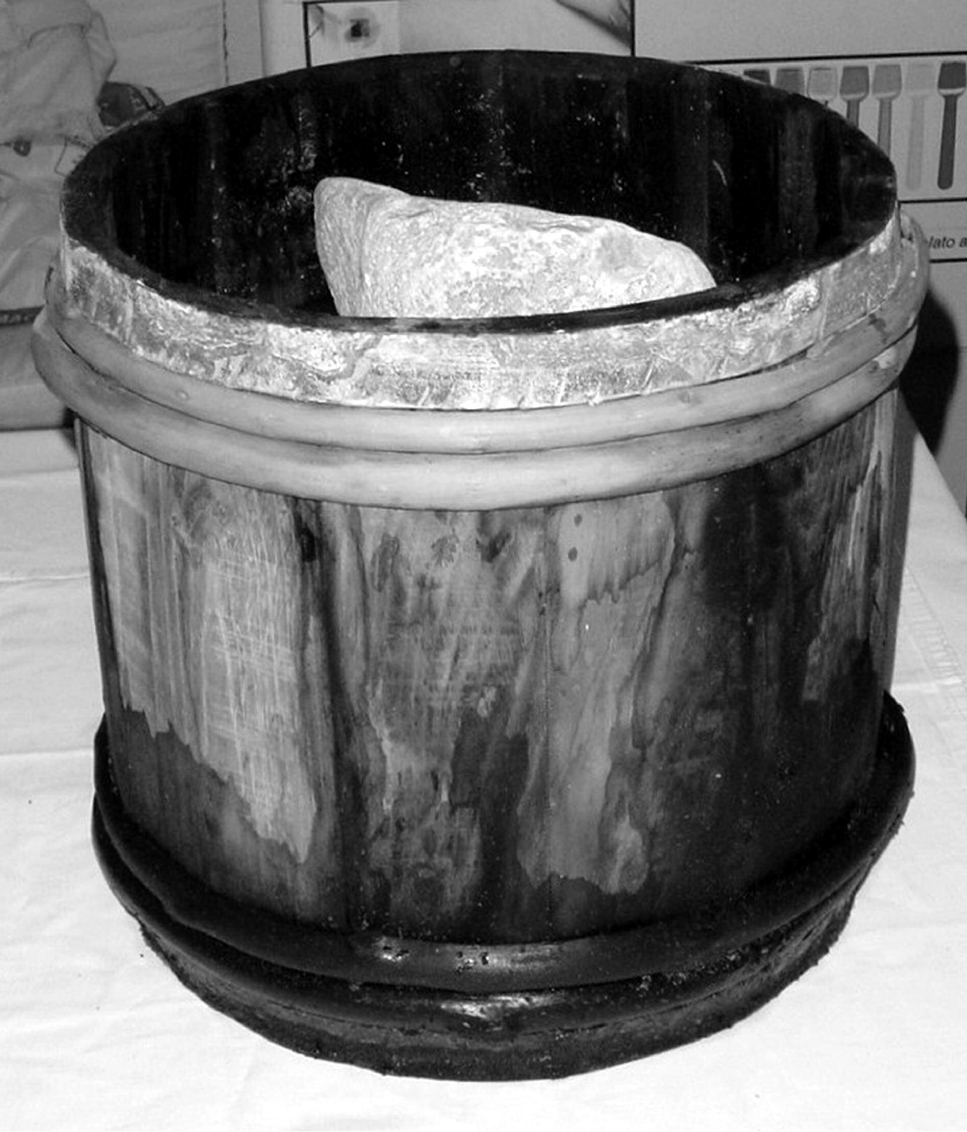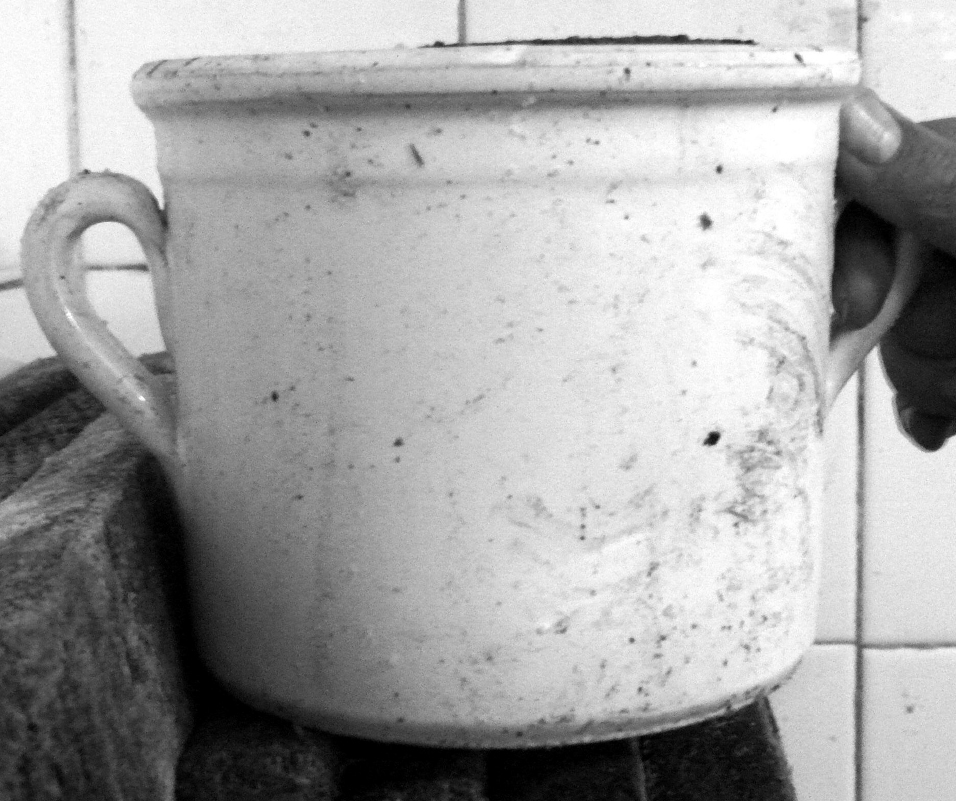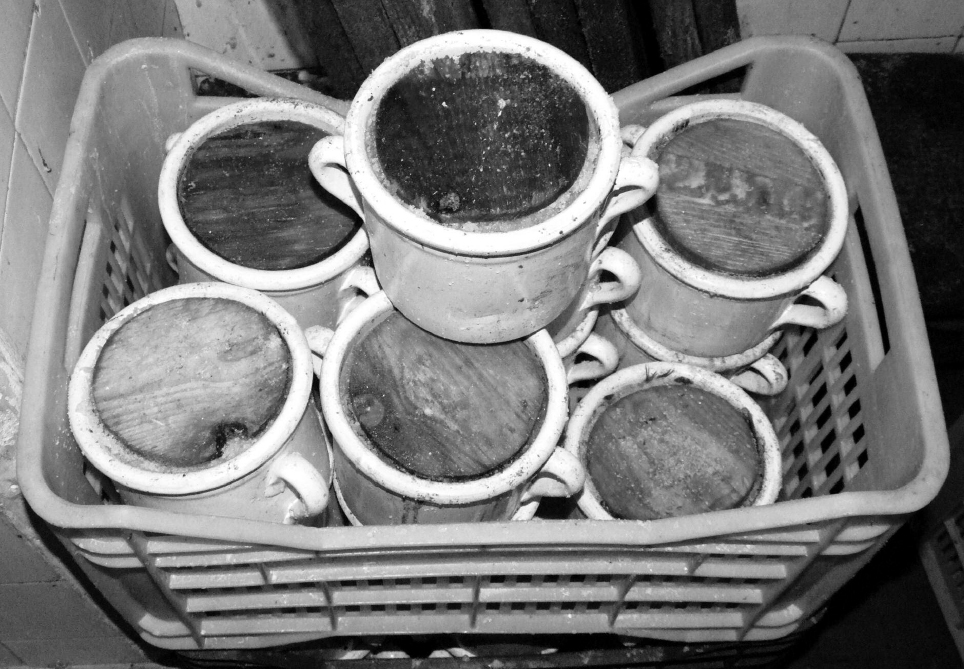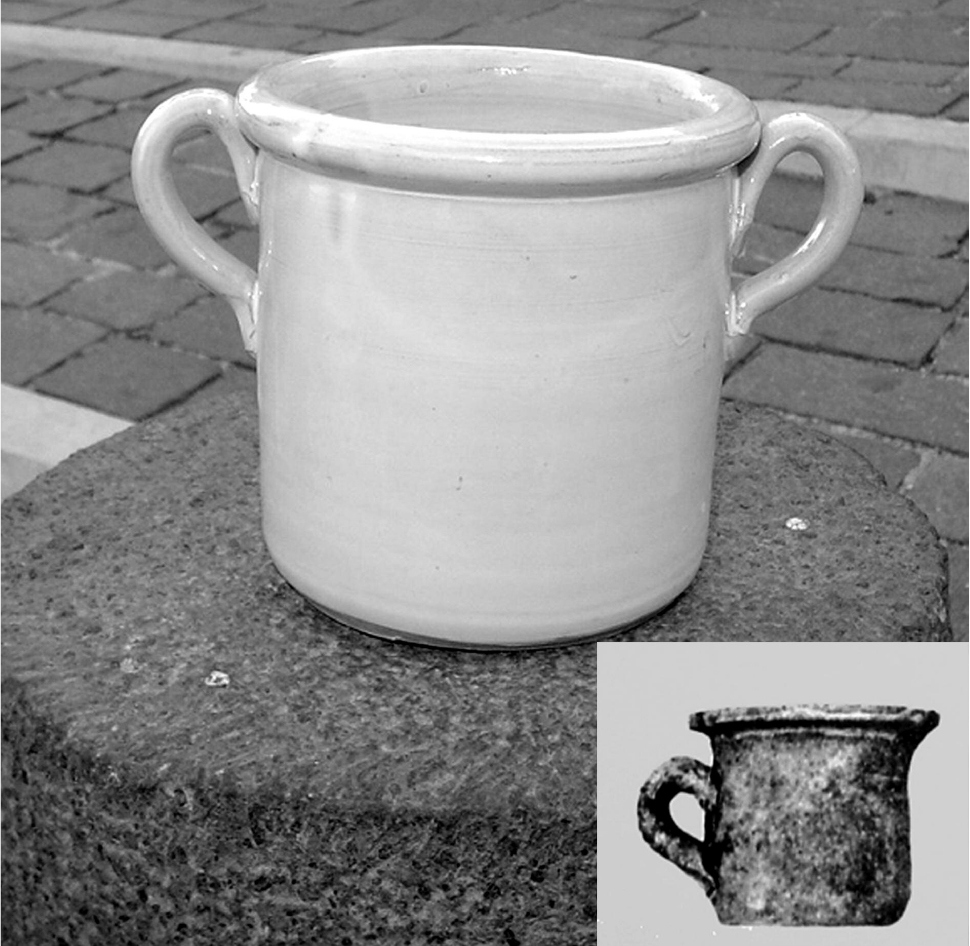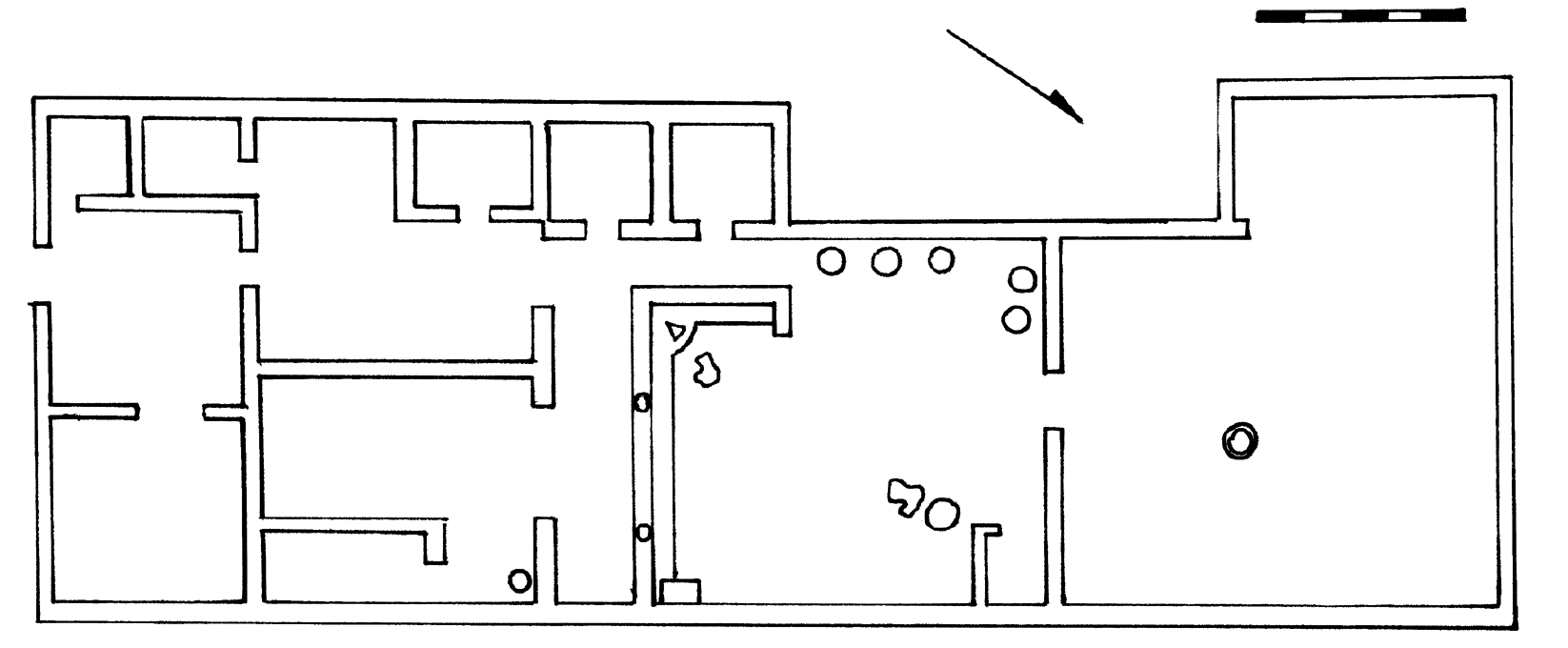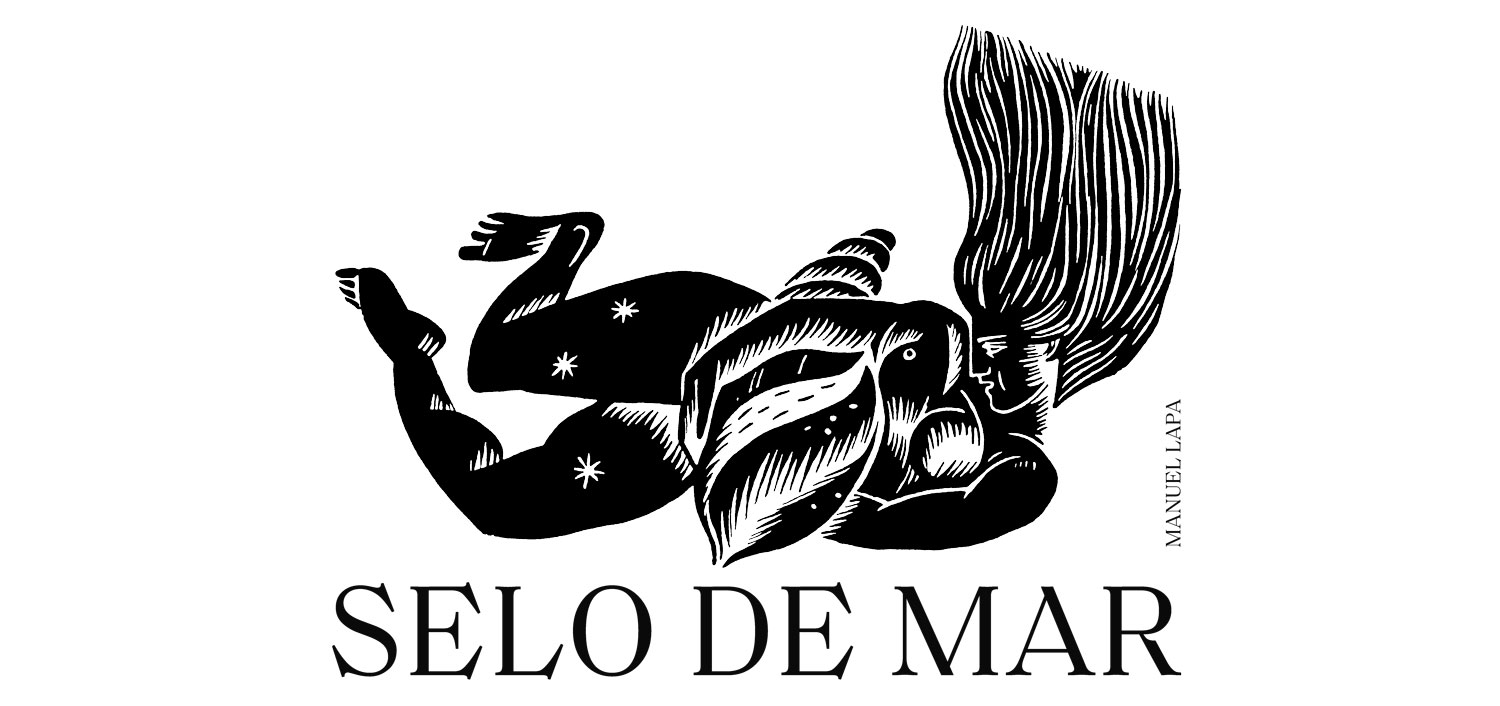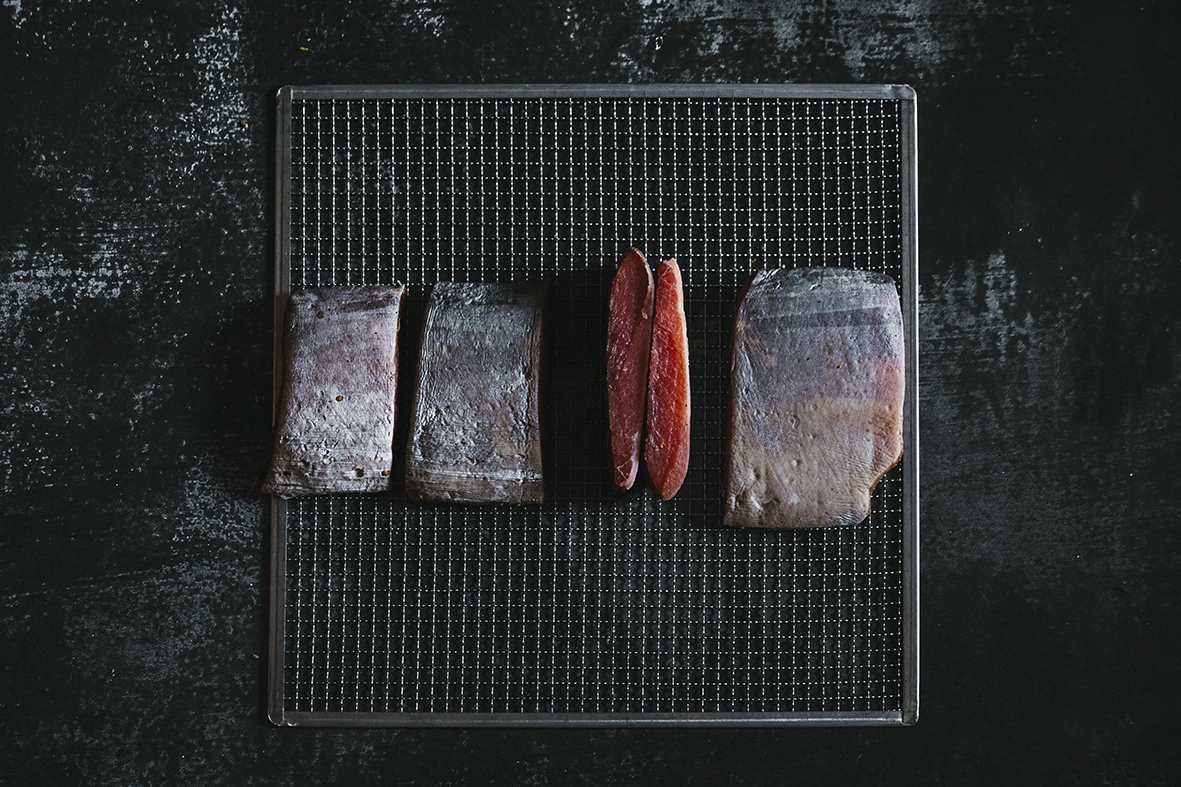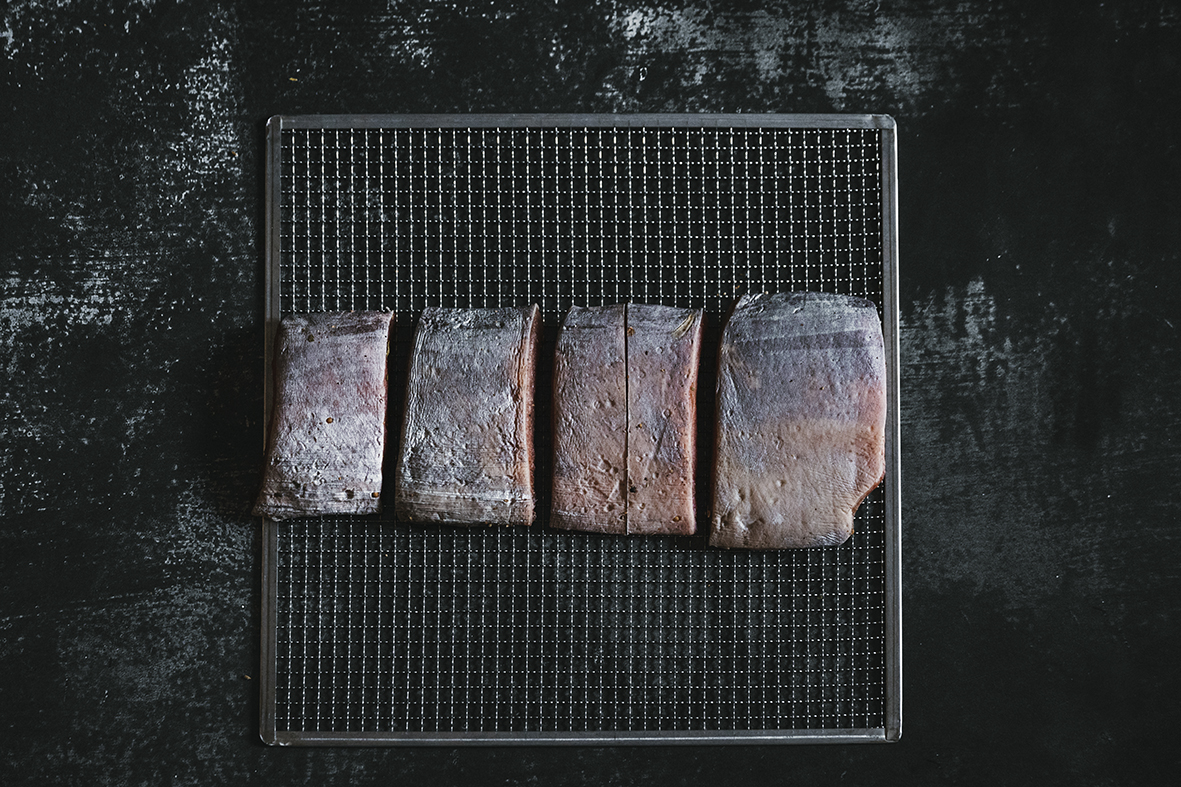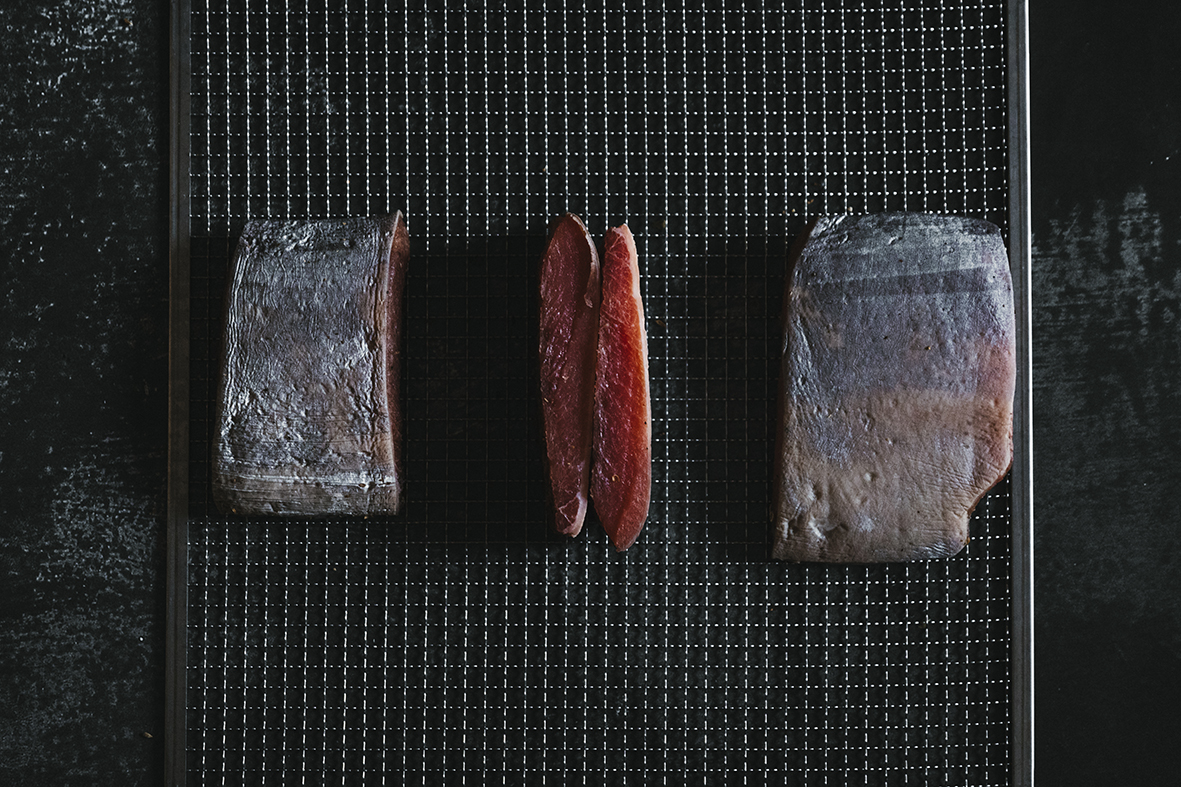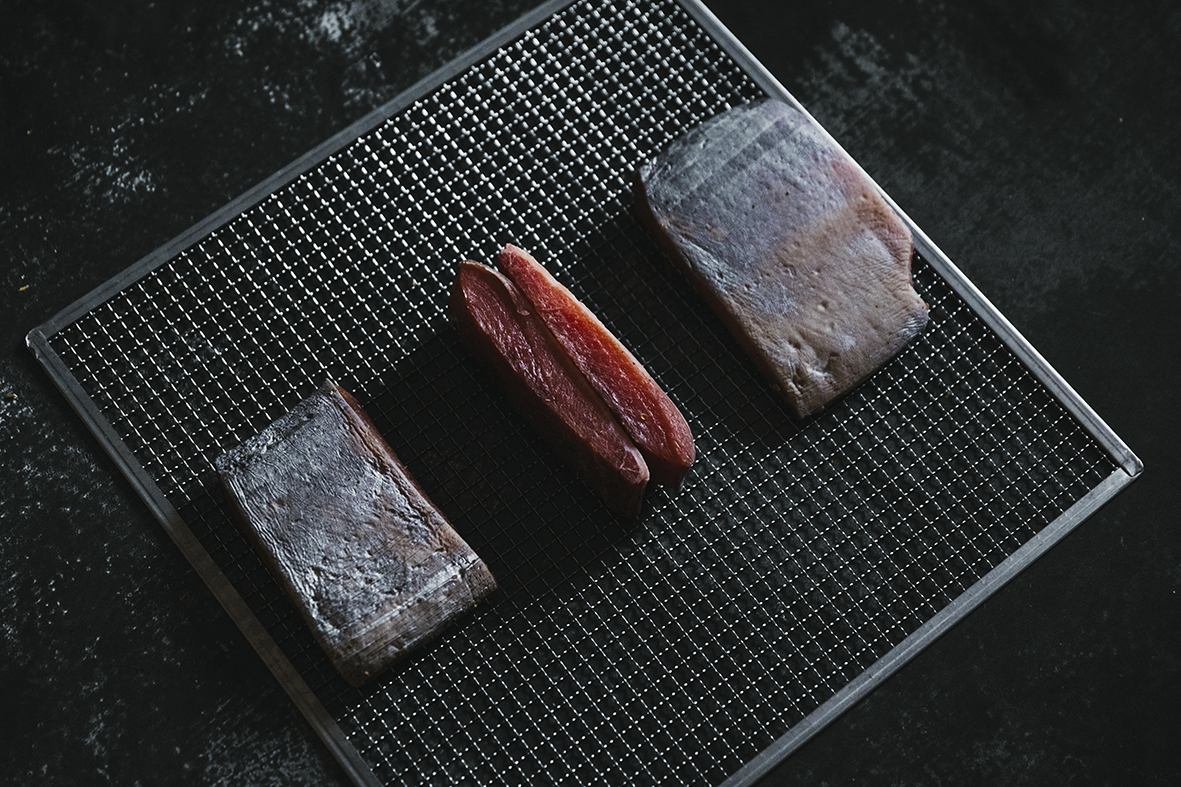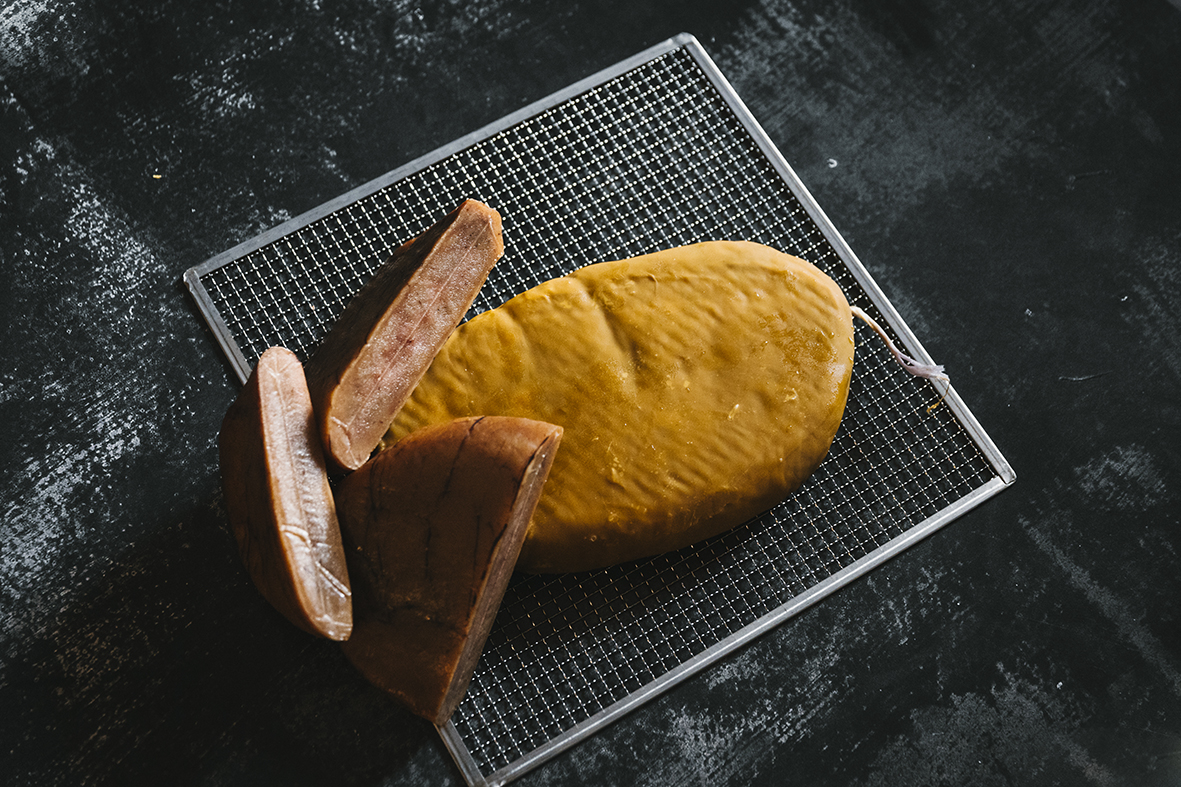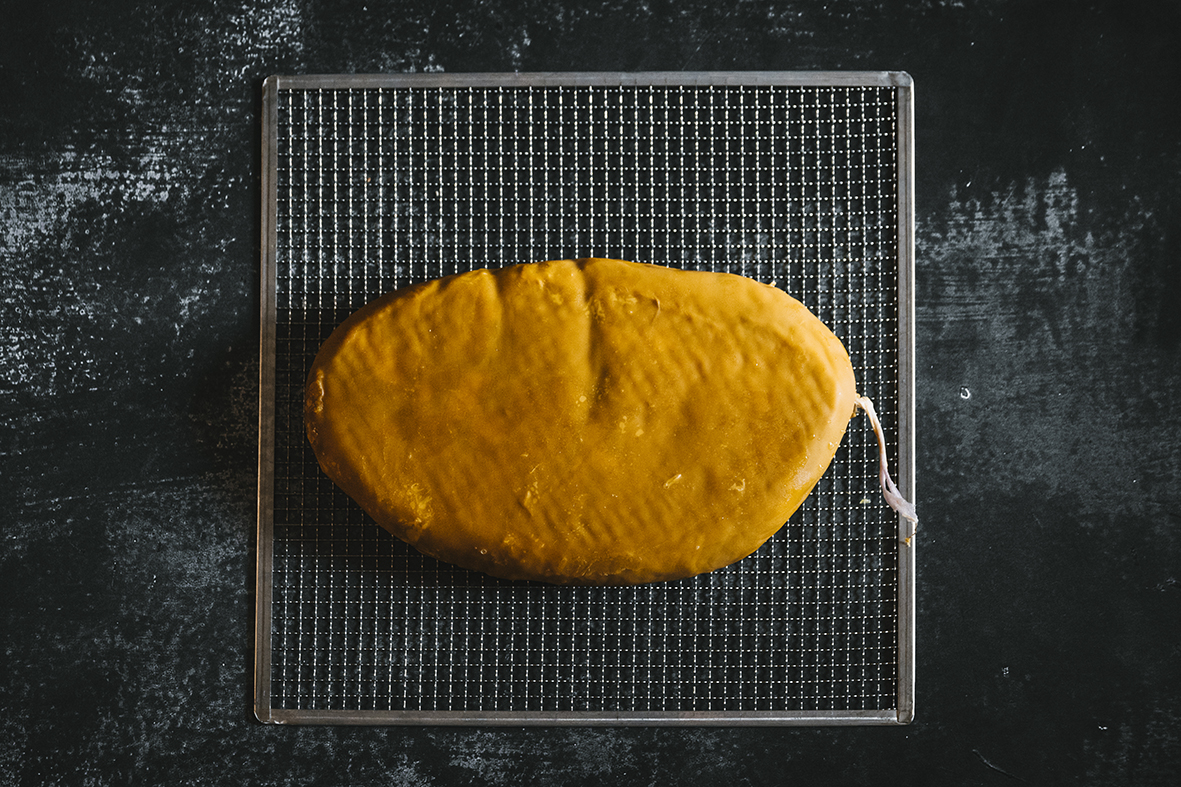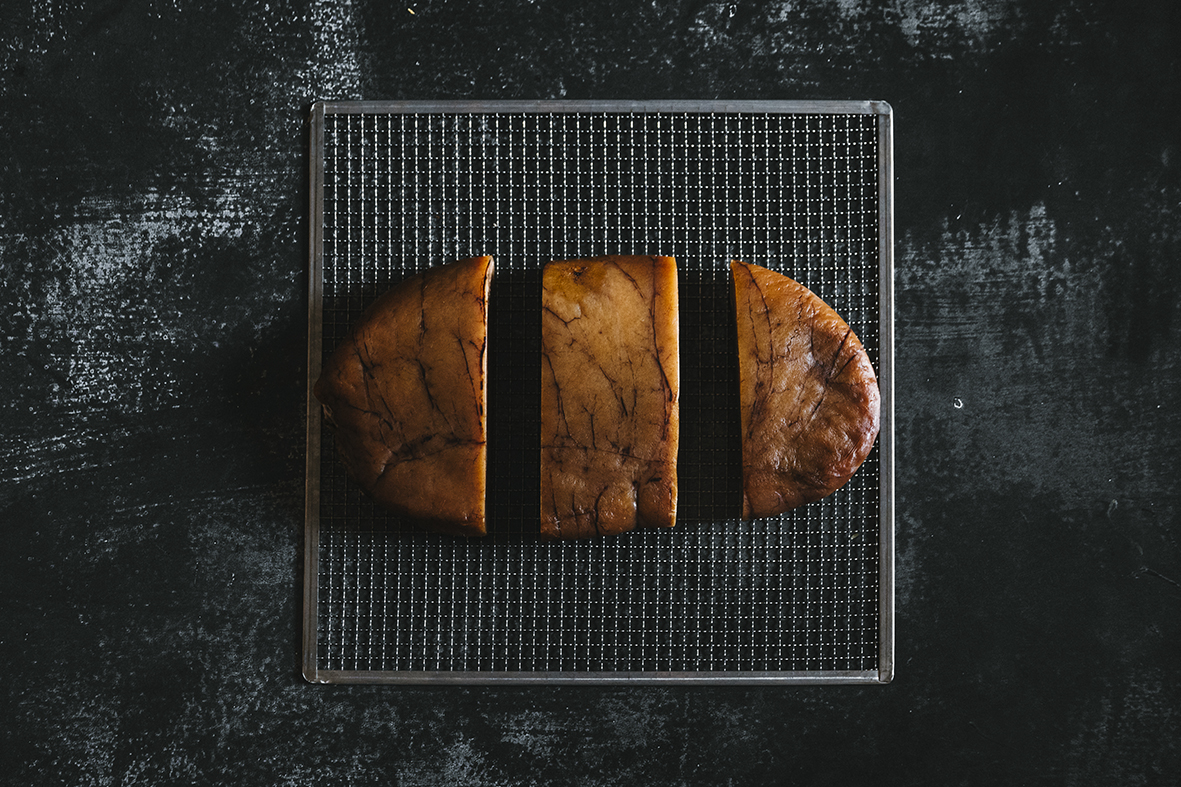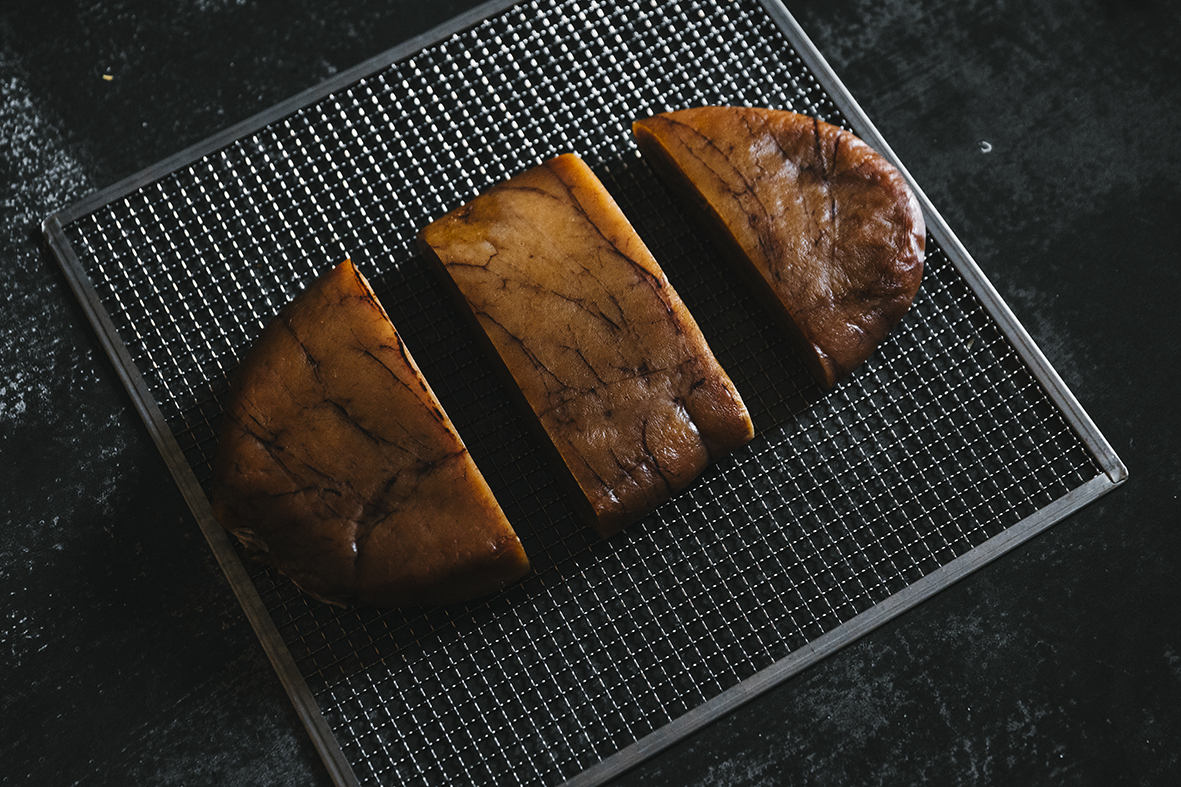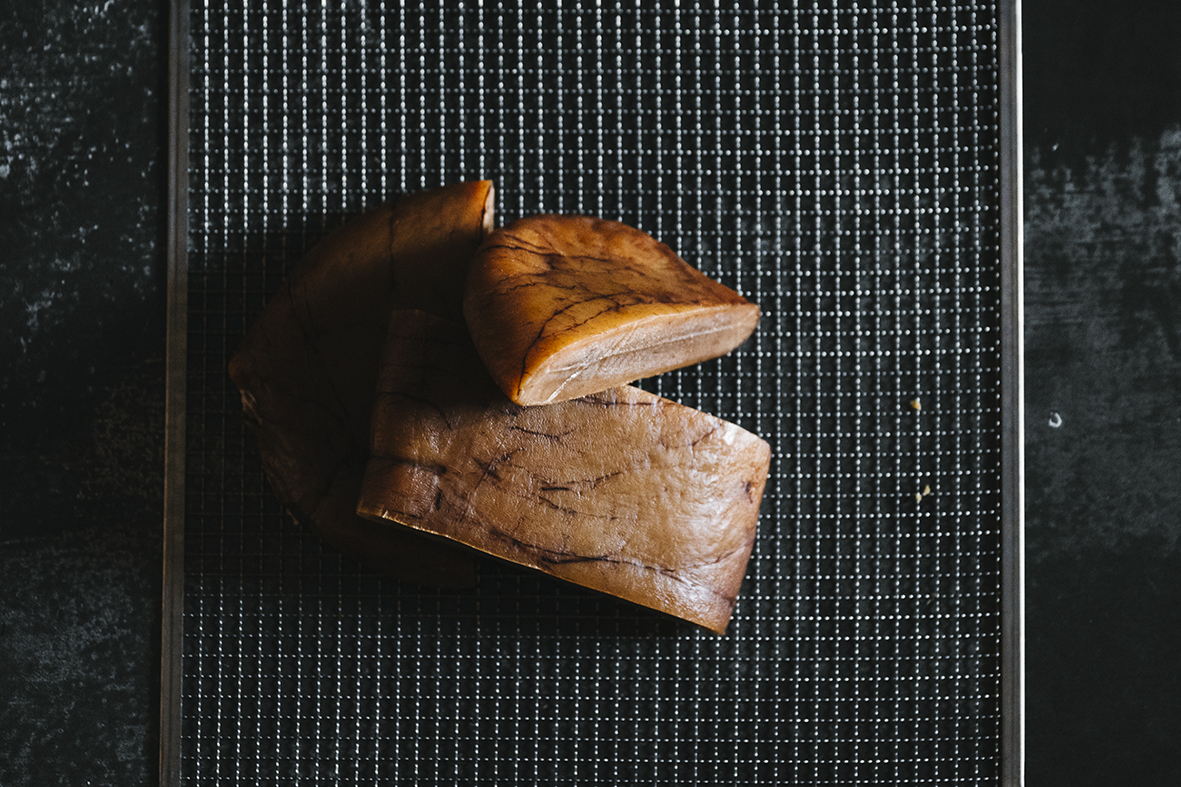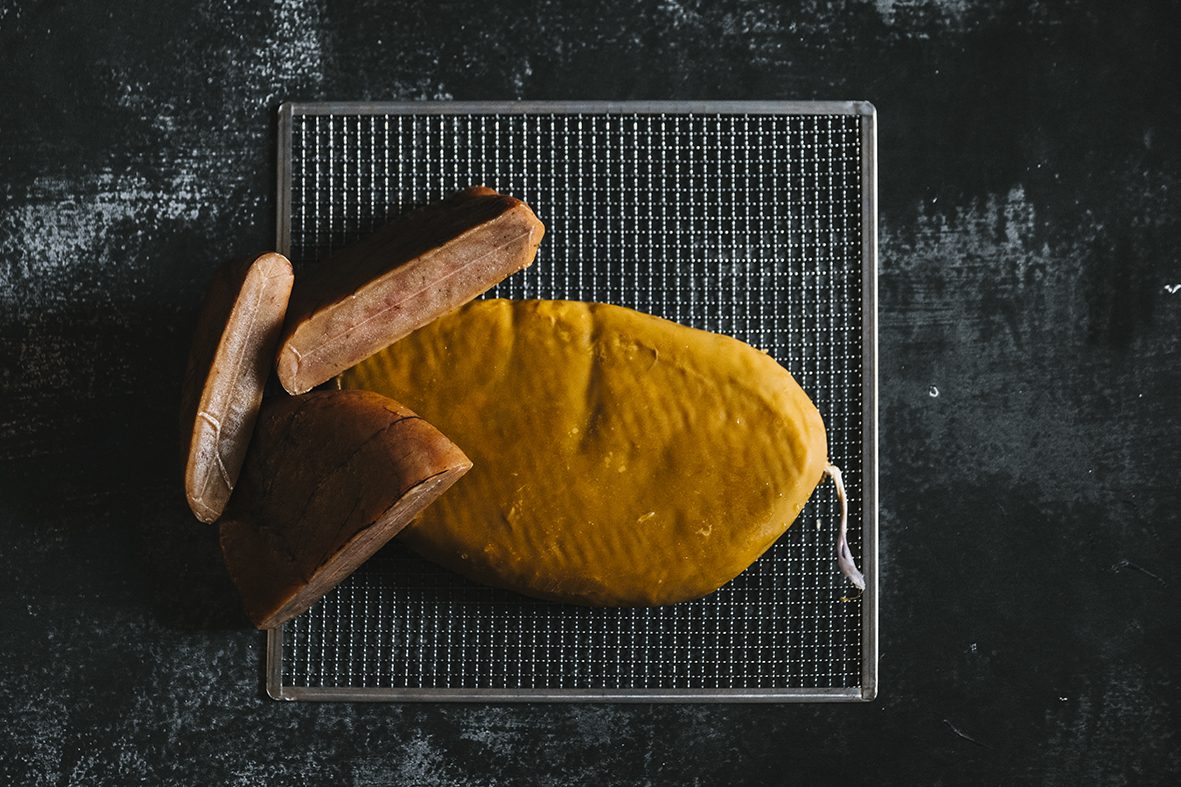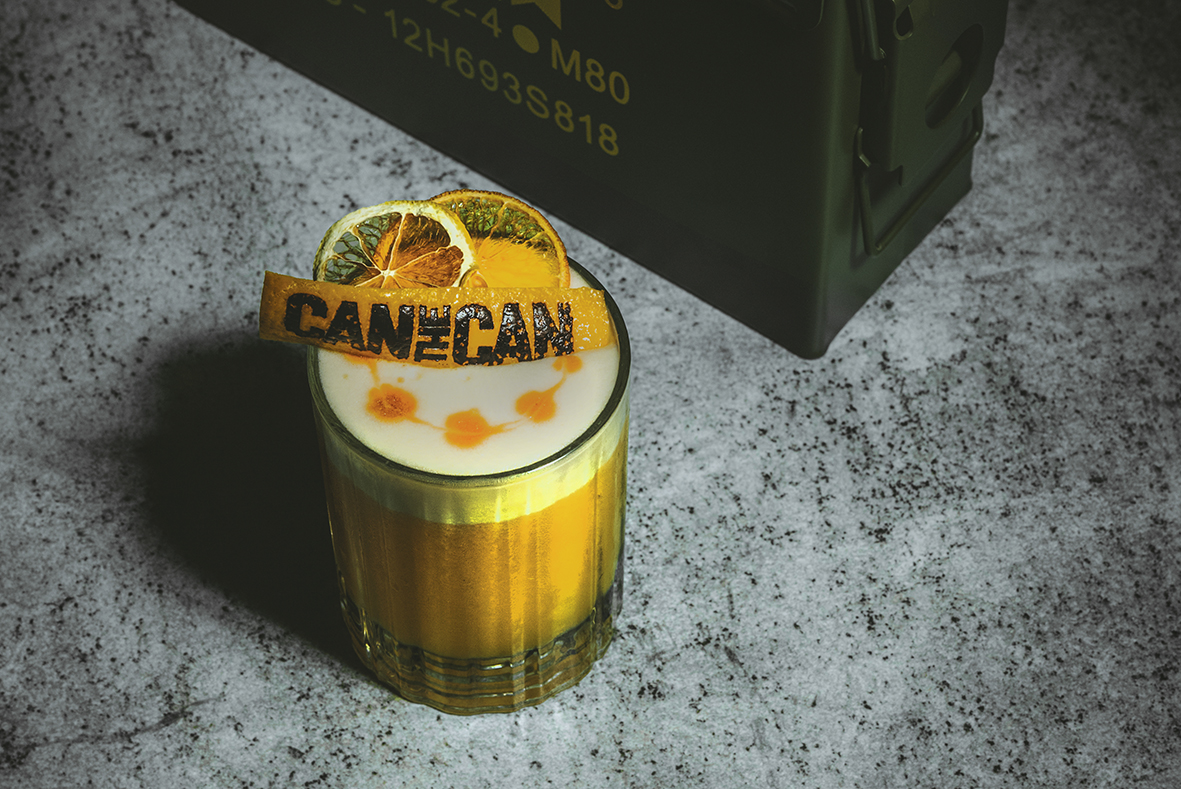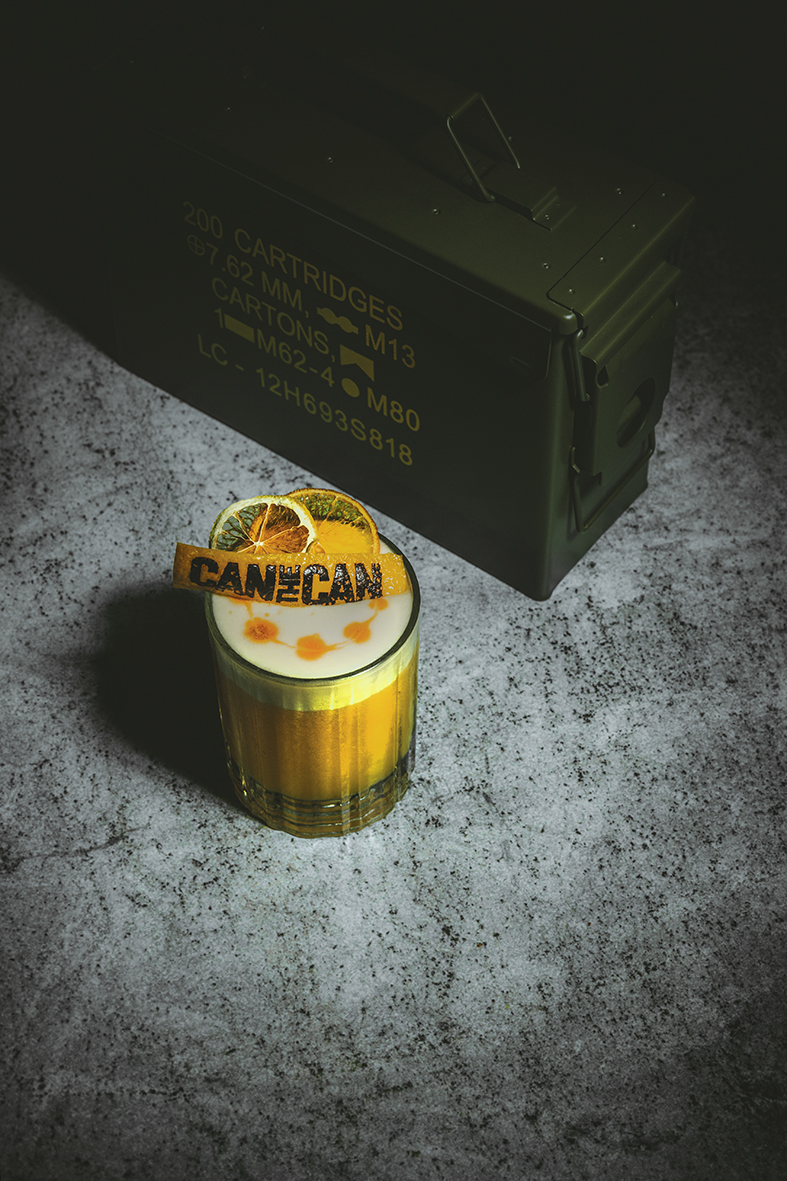Texto parcial do livro "A Praça do Comércio em postal antigo"
Carlos Consiglieri e Marilia Abel – Livros Horizonte
Este livro, que deve adquirir, apresenta uma fantástica coleção de 104 postais relativos ao Terreiro do Paço. Contém um texto, que reproduzimos parcialmente pois descreve de forma resumida esta praça desde 1600 aos tempos de hoje. O CAN THE CAN possui alguns destes postais, que podem ser visto no site Conservas de Portugal.
Praça do Comércio assumiria um universo de mais de uma centena de postais, sem contar com variantes que ficaram em reserva? Como afirmam diversos investigadores, a maior parte da memória da cidade e dos portugueses passa por este sítio.
Ali foi o primeiro porto de Lisboa; local da ascensão dos judeus; espaço das estruturas do poder real manuelino; ex-libris filipino; cenário inquisitorial; entradas reais; celebração do simbólico e do poder de estado iluminista; regicídio de D. Carlos; as festas republicanas… Corporizou, na sua enseada, o ancoradouro – porto que serviu a atividade de salga de peixe, provavelmente desde os púnicos, com grande expansão no período romano como atestam as numerosas estruturas desenterradas ao sabor de conveniências.
Serviu, depois, como escoador de produtos artesanais medievos. Os barcos atracavam nos esteiros onde e hoje a Baixa. As relíquias de S. Vicente, trazidas de Sagres, desembarcaram algures num dos cais mouriscos que integrariam o esteiro. Não muito distante, os portos de Alfama e de Remolares (Cais do Sodré). A grande judiaria de Lisboa dera, desde cedo, forte contributo para as instalações portuárias ate ao momento em que a presença judaica foi superada pelo poder real.
Pouco a pouco, o rei assumira o porto. Damião de Góis dá-nos as reais dimensões destes “magníficos edifícios”. Os judeus ficarão com os cais marginais dos “Remulares” até à sua expulsão. A ligação do poder com o comércio resplandecera no Terreiro do Paço notoriamente civilista, de tal modo que a própria Capela existente era real.
Este carácter viria a ser reforçado com o majestático torreão de Filippo Terzi, mandado edificar pelo primeiro rei espanhol, Filipe II – evocativo do seu domínio de dimensão universal. O torreão da Ribeira ficaria localizado a meio da atual arcada poente.
O Terramoto esfumou a milenária memória do sítio, mas, com Pombal, a praça renascerá mantendo e reforçando a simbologia do poder do Estado, na real presença em estátua equestre. A estátua, equidistante dos torreões, marca o espírito do poder político – outorga divina.
A praça sugere uma parada militar, com o rei a cavalo à frente. Imagem da hierarquia do Estado absoluto – a pedir meças a todos – em nome do povo.
A Praça viveu os diversos tempos do liberalismo, deixando memórias que hoje são, também, páginas de História. Aqui acabou a monarquia e nasceu a República. Aqui se viveram os longos dias do Salazarismo – os burocráticos e os festivos. Aqui alvoreceu o movimento libertador do 25 de Abril… Foi, por excelência, o local exemplificador do poder político ou, melhor, de todos os poderes políticos que nos governaram. E assim esperamos que continue a ser.
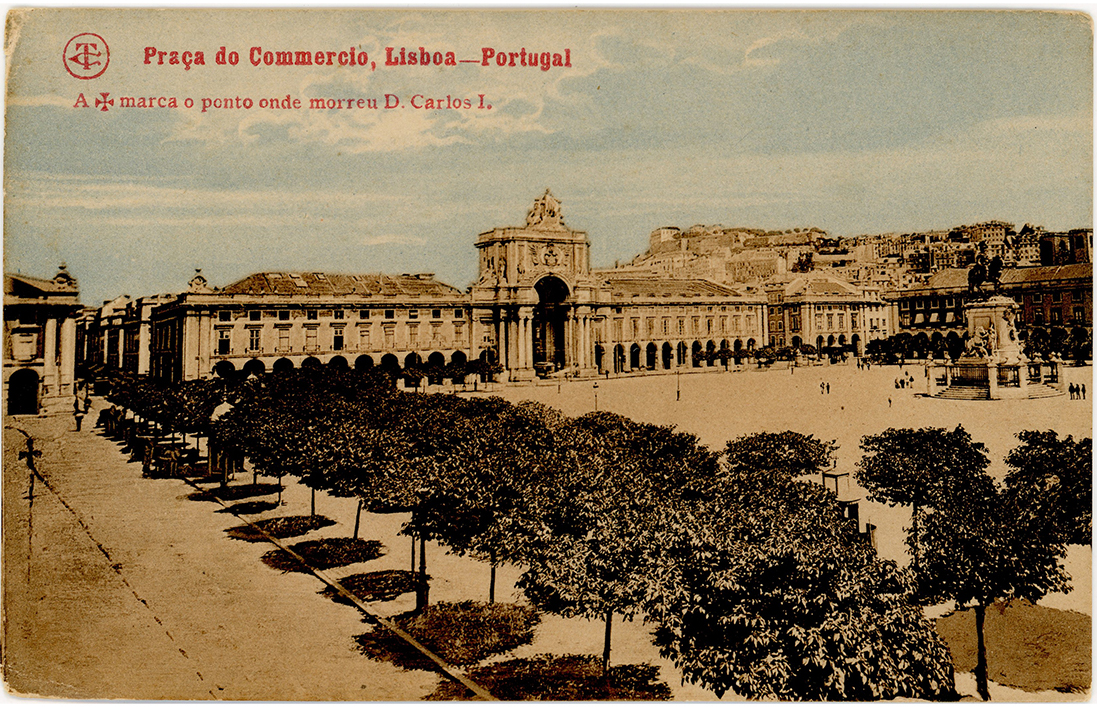
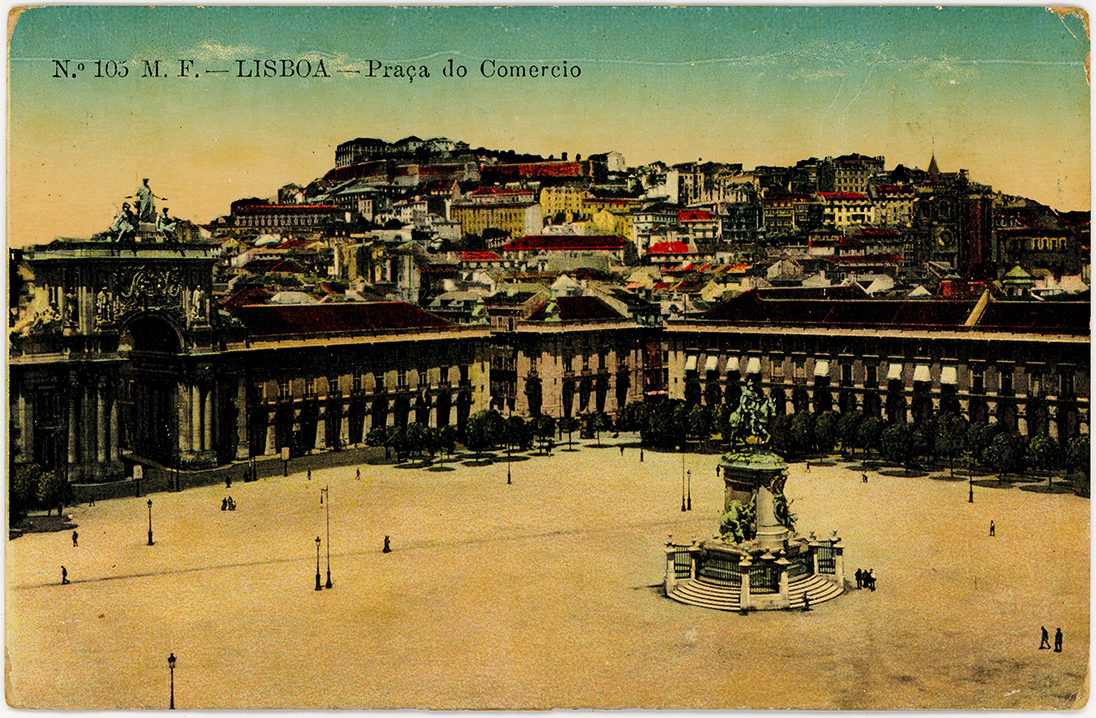
O Terreiro do Paço surge da Lisboa mercantil, na viragem do século XV para o seguinte, e perdurará até meados do século XVII, até ao dia em que o Grande Terramoto de 1 Novembro de 1755 o destruirá. Com a perda da secular praça, perecera imenso património, móvel e imóvel, de forma irrecuperável.
A sua construção encerrará a fase da Lisboa mediévica dos mercadores-judeus que se tinham instalado nas margens das Ribeiras Velha e Nova.
Nos aterros implantaram-se edifícios e estruturas que justificavam o cognome do Rei do Comércio e da Navegação – a quem também chamavam, na Europa, o “rei da pimenta”, sua Majestade Dom Manuel, o Venturoso.
A transferência do poder real, da Corte e do aparelho administrativo que Cristóvão Rodrigues de Oliveira, no Sumário, descreve e pormenoriza, do Castelo e do Paço de Santos para o Terreiro, ganho ao Tejo, onde desaguariam a ribeira de S. Sebastião e a de Arroios, constituiu uma tarefa notável e um esforço ciclópico. Criou-se, rapidamente, o primeiro centro político português que a iconografia e textos de cronistas divulgaram pela Europa.
A natureza civilista seria o sinal e o toque dado desde o início e que perduraria durante a vivência do Terreiro do Paço.
Enquanto o Rossio (para além do emaranhado do casario que desapareceria com o Terramoto) era a “praça do povo”, com tendas e lojas, estalagem, hospital e demais “utilidades”, o Terreiro do Paço, pelo seu lado, protagonizava o ponto de partida e de chegada. Como faustoso do edificado e a exuberância do poder, não tardariam as “entradas reais”, as festas com touradas, os casamentos majestáticos – numa prática exacerbada de artes efémeras: maneiristas e barrocas, com arcos triunfais e cortejos em terra e no rio.
Também o aparato dos coches e dos tétricos desfiles da inquisição, como gravuras perpetuam numa demonstração de crueldade simbólica e singular, acabando por constituir documentos do carácter da nossa sociedade.
Desde há muito que as cercanias se revelavam como portos. Curiosamente, as diversas etapas do aterro do esteiro iam “colocando” os cais, cada vez mais perto da “linha de água” que o Terreiro do Paço iria assumir, nas novas dimensões e funcionalidades portuárias. O fortim que se implantou daria o sinal de limite, mais tarde simbolizado pelo Cais das Colunas, tão simbólico quanto romântico.
A gravura inserida na obra de G. Braunio (Colónia, 1593?) apresenta o Terreiro do Paço e a cidade numa articulação lógica e consolidada. O Paço Real liga-se ao Tejo, com este a “marear” os seus alicerces, numa conciliável atitude de irmandade.
Irisalva Moita, na coletânea publicada em 1983 intitulada Lisboa Quinhentista, inseriu o texto que servira a uma Comunicação ao “Congresso Internacional Os Descobrimentos Portugueses e a Europa dos Descobrimentos”, onde sintetiza com objetividade e clareza este processo de “fazer cidade”.
A dado passo, a investigadora assegura: “[… ] o conjunto constituído pelo Paço Real da Ribeira, dependências e edifícios anexos, principalmente depois que aquele foi acrescentado, no reinado de D. João III, com a sua ala sul que o ligou a nova Casa da India, sobre a qual se prolongava, e de construída a imponente cúpula de Terzi que rematava o Torreão da Casa da India, constituía o grupo arquitetónico mais evidente da cidade e, por isso, também, o mais diretamente focado em todas as panorâmicas que dela se fizeram a partir do seculo XVI. Construído por fases sucessivas, era uma edificação de planta irregular, algo caótica, contudo, muito rica de contrastes e de pormenores, mesmo a nível de exterior, compondo-se de vários corpos, mal articulados entre si, dispostos a volta de pátios, ladeados de pórticos. Ocupava, com as suas dependências, uma área que ia desde a atual Praça do Município até meio da ala poente da Praça do Comércio, chegando a albergar toda a Família Real, filhos, irmãos e outros próximos parentes. Tinha capela privativa que gozava de privilégios especiais, constituindo, por força da sua situação, uma quase segunda catedral”.
Impunha-se, principalmente, pela riqueza e comodidade dos seus interiores que todos aqueles que visitaram as cortes de D. João III e D. Sebastião foram unanimes em considerar magnificentes.
Algumas salas estavam afetas a Serviços Públicos que requeriam a presença do rei, como o Tribunal do Desembargo do Paço, a Mesa da Consciência e Ordens, o Conselho da Fazenda e o Conselho do Estado.
Também a Casa da Moeda foi, por comodidade, transferida, ainda em tempos de D. Manuel, para junto do Paço da Ribeira e da Casa da India, onde desembarcava a prata e o ouro que eram depois reduzidos a moeda. Na realidade, a abundância de metais preciosos, o ouro de África e Ásia, a prata, primeiro da Alemanha e, depois da conquista do México e do Peru, da Espanha, obrigaram a amoedações constantes e continuas. Pegado com o Palácio Real e em instalações já aí existentes anteriormente, ficava o Arsenal Real ou Armaria, verdadeiro Museu Militar, onde se guardavam e expunham todos os instrumentos ligados a arte da guerra, desde peças de artilharia, algumas ganhas ao inimigo em campo de batalha. Ali se viam armas de todo o género: espingardas, hastes, espadas, armamentos pesados e ligeiros, de ataque e defesa, agrupados segundo os seus tipos. Havia também “bem figuradas estátuas de cavaleiros armados de ponto em branco, montados em cavalos de pau”.
Fundado por D. Manuel, este soberano tinha grande orgulho nesta obra que, conjuntamente com as Cavalariças Reais, a S. Domingos, era sempre mostrada a todos os visitantes ilustres que demandavam Lisboa.
O conjunto formado pelo Palácio Real e a Casa da India era ainda enriquecido por um jardim arborizado, e animado pela proximidade da Ribeira das Naus, cujos estaleiros e oficinas de fundição se mantinham em atividade trepidante.
O século XVI trouxe profundas mudanças a Lisboa- urbanas e simbólicas – o Terreiro espelha todas elas pela sua centralidade e funcionalidade. Damião de Góis, no seu texto de 1554, explicita essas “profundas mudanças”.
A Alfandega Nova, encostada “a beirinha do mar”, era um dos magníficos edifícios construídos por D. Manuel.”, e uma mole imensa de pedra, escorada com grandes estacas muito juntas, espetadas à mão no mar, é construída por ordem e a expensas do mesmo rei. Seguindo pelo mesmo caminho, no sentido da corrente do rio, encontra-se um vasto campo, a partir da nova construção da alfandega e do celeiro, cercado pelo norte e pelo poente com belíssimos edifícios: ao sul, e notável a colunata de agradabilíssimo aspeto, e bem ornada, que se prolonga até a beira do rio, pois o outro lado do campo, voltado a oriente, estar limitado pelo mar. Neste terreiro está instalado o mercado do peixe e o mercado dos doces: ali ocorrem, todos os dias, magotes de peixeiros, hortelãos, confeiteiros, cortadores, padeiros, doceiros; a venderem tudo o que trazem para alimento da cidade, veem-se, além disso, barracas bem providas de comidas, de vinhos, de tendeiros, de estalajadeiros, de tecelões. No mercado do peixe, há grande quantidade de cestos, ali colocados por determinação das autoridades, nos quais o peixe é transportado por moços de fretes para as vendedeiras da praça, mal atracam os barcos de pesca.”
Depois, descreve-nos o edifício da Casa de Ceuta e Casa da India:
“Não longe desta casa, num renque contíguo de edifícios, ergue-se o sexto monumento, realizado de feição maravilhosa, repleto de abundantes presas e despojos de muitas gentes e povos. Por ali se tratarem os negócios da India, o nosso povo dá-lhe o nome de Casa da India. Na minha opinião, deveria antes chamar-se-lhe empório copiosíssimo dos aromas, pérolas, rubis, esmeraldas e de outras pedras preciosas que nos são trazidas da India ano após ano; ou então vastíssimo armazém de oiro e de prata, quer trabalhado quer em barra. Ali estão patentes, para quem os quiser admirar, inúmeros compartimentos, distribuídos com engenhosa arte e ordem, abarrotados com tao grande abundância daquelas preciosidades que – palavra de honra!- ultrapassaria a faculdade de acreditar, se não saltassem aos olhos de todos e as não pudéssemos tocar com as próprias mãos.”
Para acrescentar:
“Desde o topo do Paço Real, grandioso e sumptuoso, que Dom Manuel mandara construir para si, avança para o mar, coma uma máquina de guerra, uma vastíssima colunata, que limita pelo sul o terreiro a que já aludimos. No extrema da colunata, voltada ao nascente, ergue-se sobranceira a praia uma torre de cantaria bem trabalhada. Junto aquele, mesmo a beira do rio, começou há pouco o muito poderoso rei Dom João III, nosso Senhor, a levantar desde os alicerces um outro edifício, de admirável construção. Quando estiver concluído, com o auxílio de Deus e dos seus santos, ocupara o oitavo lugar nas belezas da cidade e arrebatara, de certo, a palavra a todos os demais monumentos.”
E remata o ilustre homem de cultura:
“Finalmente, perto do Paço Real da Ribeira, que (como disse) foi edificado por D. Manuel, o lado oposto a esta construção nova, para o lado poente, separado por um terreiro de permeio, encontra-se o sétimo e último monumento público. É dotado de um grande número de divisões e dependências, em todas as direções, adornadas trabalhadas com arte. São tantas as entradas e tão diversas as saídas nos compartimentos interiores que bem se poderia considerar um autêntico labirinto. Aqui estabeleceram os nossos reis o Arsenal de Guerra, repleto de ingente cópia de todo o género de armas, máquinas de guerra, de morteiros, e de tudo o mais que pertence à condução de combates por terra e por mar; e em tal quantidade que, quer pela quantidade das máquinas bélicas quer pelo número infinito de armas e de lanças, facilmente ultrapassa todos os arsenais, alias bem apetrechados e bem recheados, que atualmente existem na Europa ou na Ásia, a maior parte dos quais eu visitei. Julgo que me é mais fácil provar isto, seja quem for, com este argumento: é que o Rei vê-se obrigado a ter na Ásia, na África e na Europa, só para as expedições navais ordinárias, mais de duzentos navios de todas as categorias, permanentemente apetrechados e impecavelmente municiados. Em três salas deste edifício estão guardadas, como em depósito, com a máxima diligencia e limpeza, quarenta mil armaduras de infantaria, mais três mil armaduras completas de cavaleiros, além das que são movimentadas para exercícios quotidianos e extraordinários. Também aqui se guardam peças de artilharia de todas as espécies, morteiros, escorpiões, basiliscos, leões, colubrinas, camelos, pedreiros, dispersores, e bombardas de descomunal grandeza e peso; assim como outras armas vulgares de arremesso, a que o povo da o nome de falcões, berços, espingardas; e ainda pólvora e balas de pedra e de ferro em tal abundancia que, se eu tentasse esmiuçar e descrever as diversas formas, o numero, o peso de cada uma delas, receio que se poderia supor que estava a apresentar nesta obra falsidades em vez de factos verdadeiros. Por isso, contentem-se com ler ou ouvir apenas o que aí vai.” (in Damião de Góis, Descrição da Cidade de Lisboa, Livros Horizonte (1988), 2ª edição, 2001).
O Terreiro do Paço era, sem dúvida alguma, a sede do poder, e o conjunto de edifícios que corporizavam a organiza ao das atividades económicas mostrava o que a cidade pretendia ser a Capital do Mundo, tanto pela variedade de pessoas e de lugares como pela imensidão de produtos de todas as origens e paragens.
De um texto publicado em Paris, em 1730, por César de Saussure, retiramos o que seria o palácio do Rei, “situado a meio da cidade, a beira do Tejo” e que definiria a “praça, chamada Terreiro do Paço”. Este viajante escreveu o seguinte na sua Descrição da Cidade de Lisboa:
“A fachada principal (do palácio do Rei) corre ao longo desta praça e termina por um magnifico pavilhão, diante do qual fundeavam os navios. Dali o Rei (D. João V, como fora D. Manuel) se recreia a ver os navios entrar e sair do porto, desfrutando um panorama do rio que se estende a perder de vista. As acomodações deste palácio são dignas de nota e as salas são enormes e ricamente mobiladas. Uma das faces estende-se pela margem do rio. E a outra pelas ruas da vizinhança. Tem um pátio interior, quadrado, rodeado de colunatas, ao abrigo das quais uma multidão de mercadores, exibe tudo o que o comércio pode fornecer de mais raro”.
Os comerciantes tinham na Praça (que ainda não se chamava de Comércio) todas as razões para aqui se encontrarem. Este facto não passaria despercebido a quem nos visitava. O autor que estamos referenciando faz o elogio ao comércio e a nova classe em ascensão:
“Os comerciantes reúnem-se todos os dias pelas onze horas, perto do Palácio, numa grande rua chamada dos Mercadores. Nela esta instalada grande parte dos principais retalhistas portugueses com que tem transações e ali fazem o seu negócio ao abrigo das arcadas que correm dos dois lados desta rua. Nos dias bonitos de Inverno vão para o Terreiro do Paço, onde também são certos todas as tardes. Ali se encontram muitas mercadorias para venda a pronto”.
Do período que antecede o terramoto, também Charles Frederic de Merveilleux deixou umas Memórias nas quais se refere ao Terreiro do Paço afirmando que “as praças do palácio real e do grande mercado são belas”. Quanto ao palácio real, considera-o “bastante cómodo”.
“No Inverno as salas estão revestidas de tapeçarias que se retiram no verão. Refiro-me apenas as salas que antecedem os aposentos do rei e da rainha. Logo que começa a anoitecer, coloca-se em cada sala um grande candelabro de prata cuja base se assemelha a uma caldeira emborcada [… ]”. “Os aposentos particulares do rei, assim como os da rainha estão atravancados de móveis de toda a espécie, podendo bem dizer-se que parecem armazéns. Sua Majestade deve ter mais vestuários no seu guarda-roupa que tem todos os mercadores de Lisboa, juntos, nas suas lojas. Seguramente e o mais rico guarda-roupa do universo”.
Mas, acima das atividades mercantis, “Sua Majestade, desejando estar no conhecimento de tudo, ocupa duas grandes partes do seu dia com o secretario de Estado. Dá audiência a algumas pessoas e o resto do seu tempo passa-o com os seus camaristas e outros oficiais de paço e junto da rainha e das damas que a rodeiam, senhoras de muita beleza. Os aposentos da rainha abrem sobre um terraço que dá para o Tejo e onde podem formar 800 homens em linha de combate”.
De igual modo, Cesar de Saussure, nas cartas escritas de Lisboa no ano de 1730, falanos da cidade de forma muito efusiva: “desta grande e bela cidade”. O símbolo do poder político – o Palácio Real – e apontado como um “ornamento de Lisboa”.
“Situado junto ao rio, e vasto, regular e magnifico. O edifício e quadrado com quatro torres ou pavilhões, sendo o que da para o Terreiro do Paço, a beira do Tejo, o maior e mais belo. Tem este palácio dois andares e as janelas são todas de sacada, como, alias, acontece na maioria das casas de Lisboa. Disseram-me que são vastos os seus salões, além de bem ornadas e ricamente alfaiadas. A sala dos guardas que dá para a Praça é espaçosa e tem beleza. Uma coisa, porém, me chocou: as escadarias e fachadas do palácio estão sujas e as primeiras cheias de lixo. A entrada, do lado ocidental, deparase com um vasto e belo pátio, quadrado e cercado de arcarias, inteiramente ocupadas por lojas onde se vende toda a qualidade de quinquilharias e futilidades”.
Para, mais adiante, diz:
“Por duas vezes estive na Capela Real, situada num dos extremos do palácio. Esplende de riquezas, com excelentes quadros e mármores dos mais finos e ricos. As colunas que formam a nave estão revestidas, a toda a altura, de lâminas de prata, dando a impressão que são de prata maciça. O sacrário é de ouro, cravejado de diamantes e outras pedras preciosas e é um descansar de olhos ver tanta magnificência e tanta riqueza”.
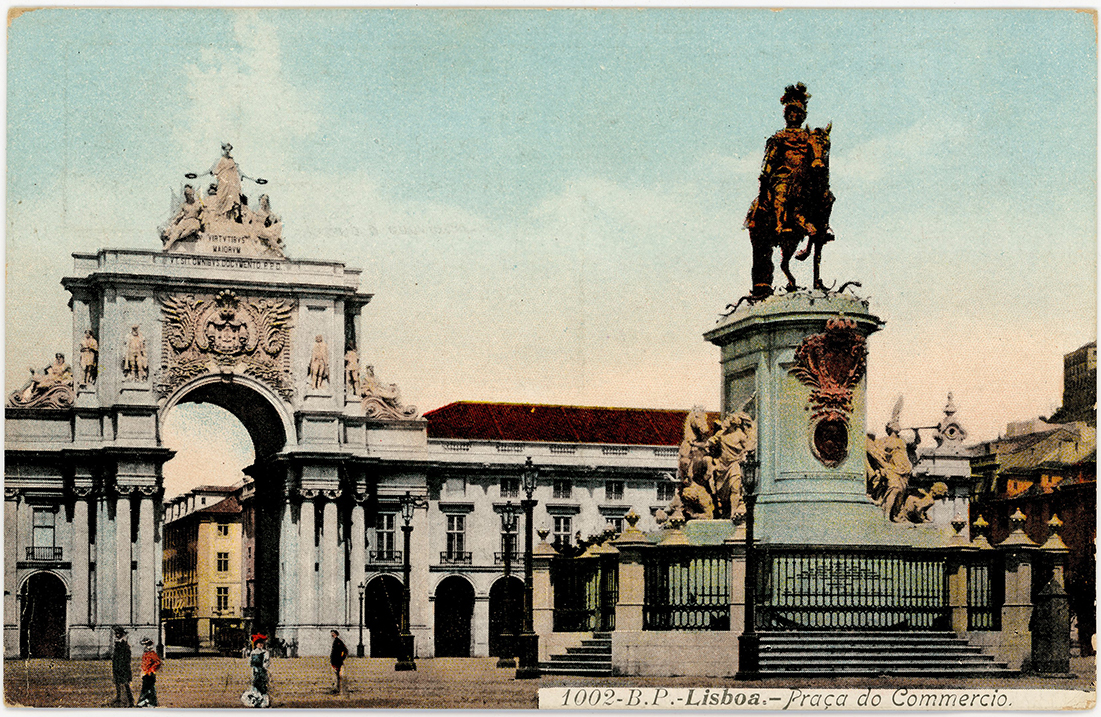
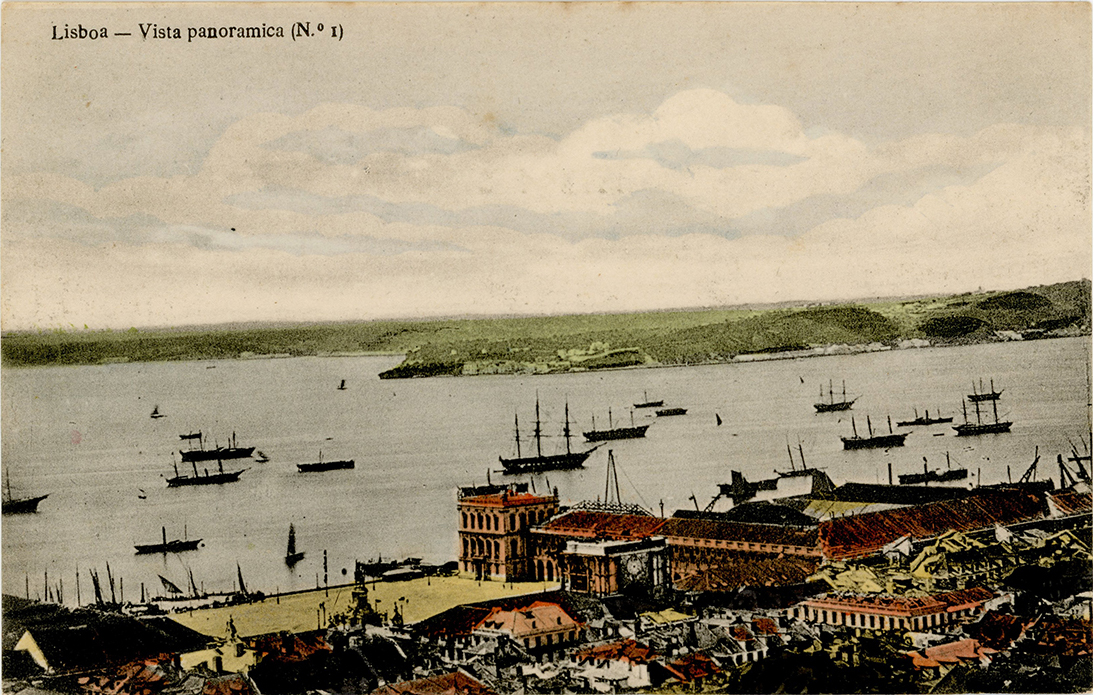
O Terramoto de 1755 destruiu irremediavelmente estas memórias e muitas outras. Só não superou a memória e tradição do comércio, pois até a memória da presença física do Rei naquele local deixou de se sentir com a transferência da Família Real para a Ajuda.
O Terramoto e os incêndios de grandes proporções que se seguiram destruíram cerca de dez por cento das casas da cidade, estimadas em 20 mil, tornando inabitados mais de dois terços dos edifícios.
A parte principal do Plano de reconstrução aprovado define-se entre o Terreiro do Paço e o Rossio, regularizando-se estas praças e o território entre elas, criando-se, entre uma e outra praça, uma rede de ruas longitudinais e transversais, cortadas em ângulos retos. Do novo Terreiro saem três ruas que José-Augusto França classifica de “nobres” – Áurea, Augusta e Bela da Rainha (da Prata), das quais as duas primeiras desembocam no Rossio e a outra na Praça da Figueira. Nesta coletânea incluíram-se vários postais que ilustram o conjunto de ruas longitudinais e transversais, onde o leitor poderá avaliar os edifícios e as artérias dessa Lisboa concebida e programada por Eugénio dos Santos e Carlos Mardel (este último, o autor do Rossio). Ainda que sem o Rei em pessoa, o novo Terreiro (com o topónimo de Praça do Commercio) expressa o poder político, numa clara opção ideológica do Iluminismo que Pombal quis e soube encarnar.
A nova cidade abre-se sobre o Tejo, num extraordinário palco, notabilizado pelas arcarias regulares e simétricas que enquadram o Arco de Triunfo, só finalizado no século XIX, com novo desenho. Ao centro da Praça a estátua equestre de D. José, a omnipresença do poder político, como dissemos.
Os torreões sugerem aquele que Terzi desenhara nos tempos filipinos, num reconhecimento simbólico pelo objeto que durante século e meio figuraria na iconografia anterior ao grande terramoto, como os postais reproduzidos o demonstram.
A atribuição à Praça do nome de “Comércio” não deixa, no entanto, de ser contraditória, já que ali se instalaria o aparelho administrativo do poder político iluminista, numa primeira época, para depois se estabelecer o poder político da monarquia constitucional, da República e da Ditadura.
Porém, talvez o nome se deva, também, ao reconhecimento das avultadas ajudas que os comerciantes de Lisboa deram para a reconstrução da cidade. Contudo, a verdade é que as estruturas administrativas e outras ligadas ao comércio aqui permaneceram por muitos anos – a Alfandega e a Bolsa.
Appio Sottomayor escreveu que a Praça do Comércio ficou com 177 metros por 192 e que assim nascera “uma ampla entrada em Lisboa com o Tejo por fundo, salão de visitas único para quem chegasse do mar”.
Muitos postais evidenciam este “salão de visitas” na sua amplitude e na liga ao com o Tejo, com o “cais das colunas”, como estrutura avançada dessa feliz intimidade da cidade com o rio, num cenário que se fecha no conjunto urbano com um esquema modelado de edifícios, com as arcadas e galerias, fachadas regulares e telhados de duas águas. Se a estátua equestre marca a centralidade, o Arco Triunfal enquadra a praça de forma cenográfica.
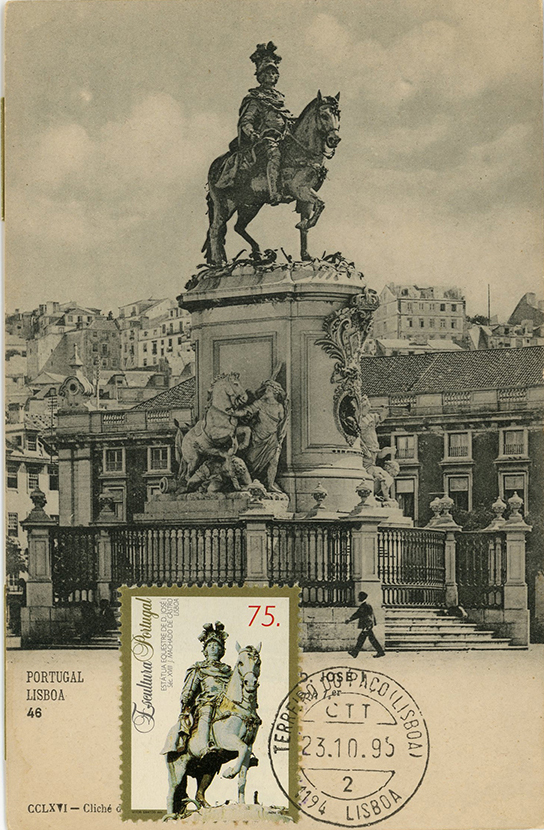
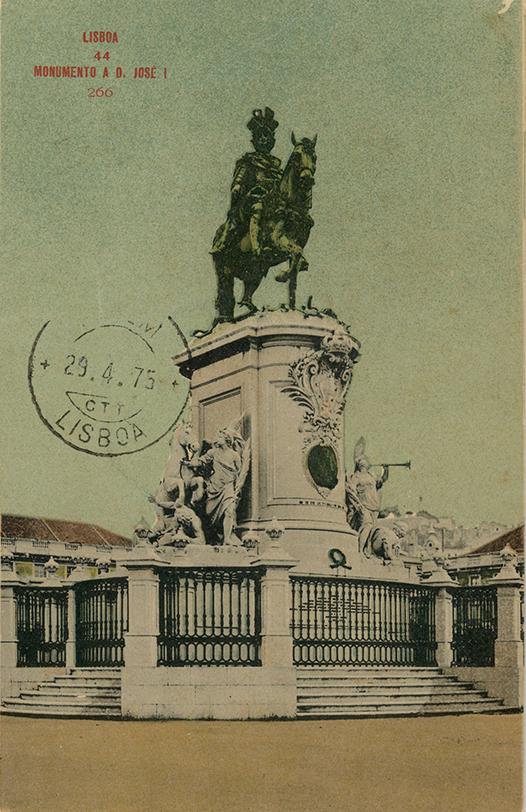
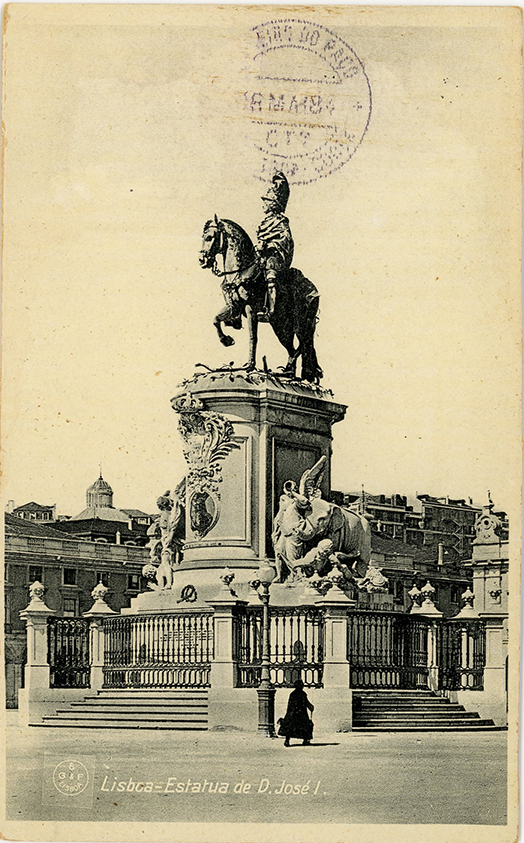
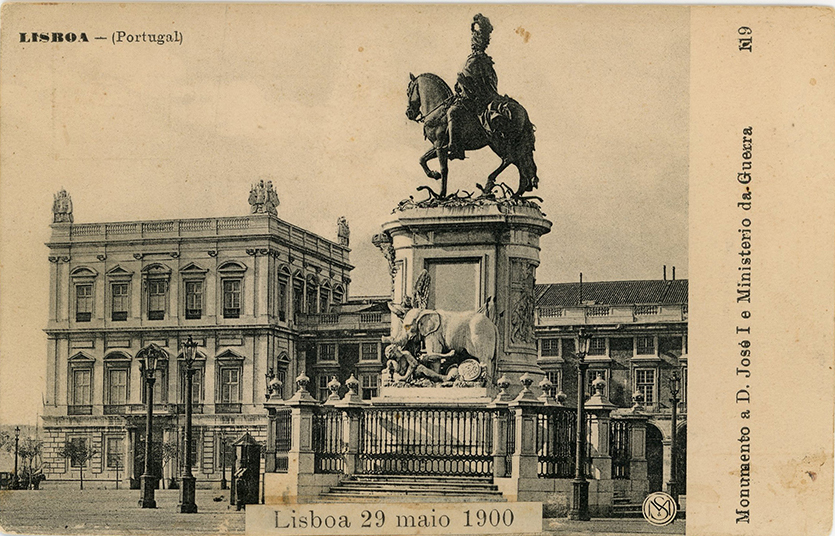
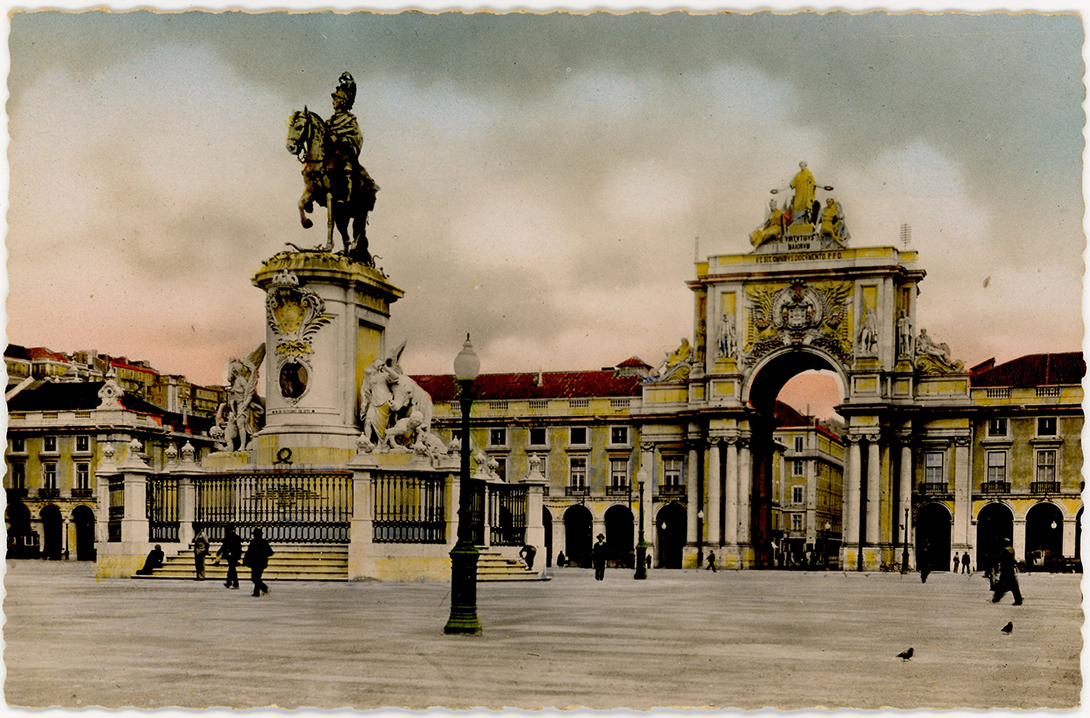
O pedestal da estátua é da autoria do arquiteto Reinaldo Manuel dos Santos e a escultura de Joaquim Machado de Castro (1731-1822), fundida em bronze, de um só jato. No pedestal encontra-se a efigie do Marques de Pombal. Foi a primeira estátua de bronze que se fundiu em Portugal, no Arsenal do Exército, sob a direção do Engenheiro Bartolomeu da Costa. É interessante recordar que o carro que a transportou até à Praça foi puxado por mais de mil pessoas. Na parte oposta ao medalhão/efigie de Pombal, encontra-se um baixo relevo que representa “a generosidade do Rei a erguer Lisboa depois do Terramoto”. Uma figura – a Fama – toca trombeta, enquanto outra – o Triunfo – transporta a palma.
Pelo seu lado, o Arco Triunfal, conhecido vulgarmente como Arco da Rua Augusta, domina, sem dúvida, a atenção do visitante. A perspetiva da Rua Augusta possibilita observar a estátua enquadrada pelas colunas laterais do Arco. Os postais permitem esta conclusão. Concebido por Eugénio dos Santos (poder-se-á observar o “projeto primitivo”, em dois dos postais reproduzidos), só veio a ser fechado no ano de 1873, com concurso aberto, em 1843, por Costa Cabral. O projeto é de Veríssimo José da Costa.
O arco é encimado por um grupo escultórico do francês Calmels, representando a Glória e coroando o Génio e o Valor.
É possível ler-se a legenda debaixo da Glória VIRTVTIBUS MAIORVM, seguida de VT. SIT. OM NIBVS . DOCUMENTO. PPD. O significado desta legenda, segundo Norberto Araújo, é: “para que se perpetuem as virtudes dos nossos maiores”.
O PPD significaria “Pecúnia publica dicatum” o mesmo que dizer “que foi pago pelos dinheiros públicos”.
Com a armas de Portugal (do período liberal), tem duas representações de cada lado os rios Tejo e Douro e as estátuas de Nuno Álvares Pereira, de Viriato, Pombal e Vasco da Gama.
Presentemente, o Arco é um símbolo de Lisboa como os postais que constituem o último núcleo bem exemplificam.
As arcadas constituem, pelas suas dimensões e qualidade de desenho e de execução, um esforço público notável, a perseverar no futuro.
Bem lá ao cantinho e sem atravancar as galerias circundantes da Praça, situa-se- o café mais antigo de Lisboa – O Martinho – fundado em 1782.
Começou por ser uma “casa de neve”, melhor dizendo, de gelados. Mas este desígnio só durou dois escassos anos, para se assumir um “café à italiana”, pertença de Domingo Mignani. Foi no século XIX adquirido por um tal Martinho Bartolomeu Rodrigues que era proprietário de um outro café célebre, situado no ex-largo do Camões (no Rossio) e, presentemente, denominado Largo de D. João da Câmara. Daqui que os dois estabelecimentos se chamavam Martinho, sendo o da Praça do Comércio conhecido por Martinho da Arcada.
Inicialmente muito frequentado por comerciantes, passou a acolher funcionários dos ministérios já que a Praça do Comércio era por excelência o local do funcionalismo público). Mas, nos fins do século XIX e princípios do século XX albergou muitas figuras da literatura e da arte, com especial referência para Fernando Pessoa.
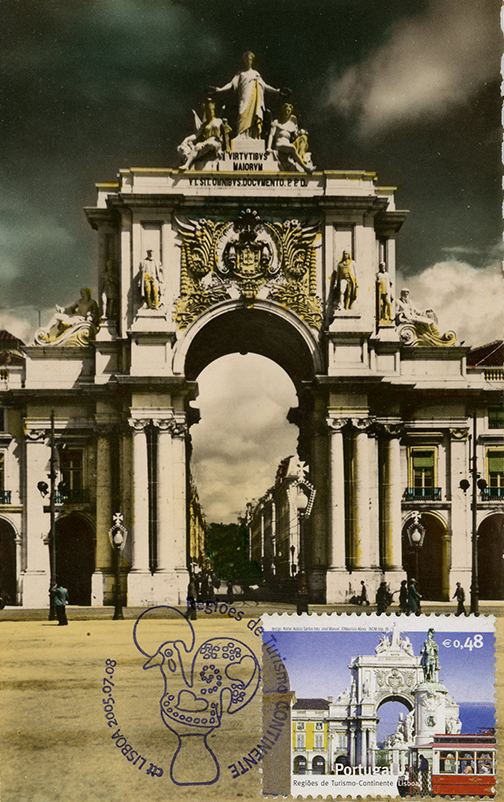
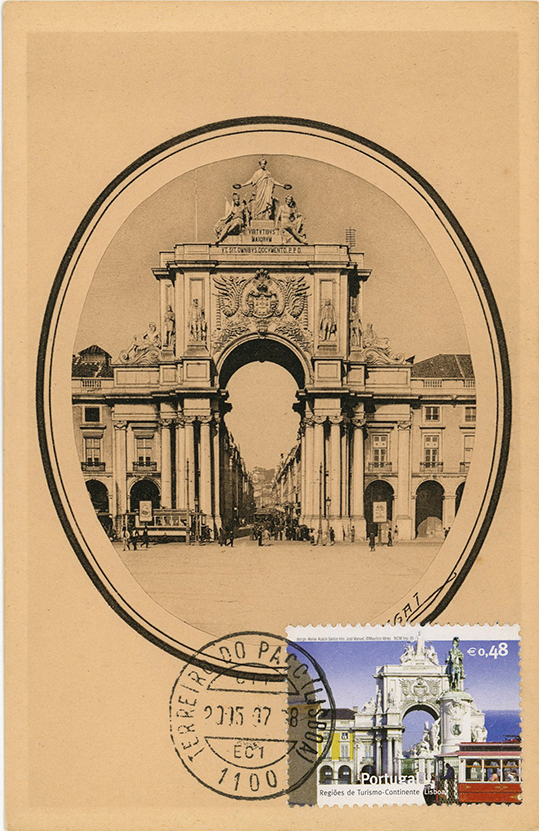
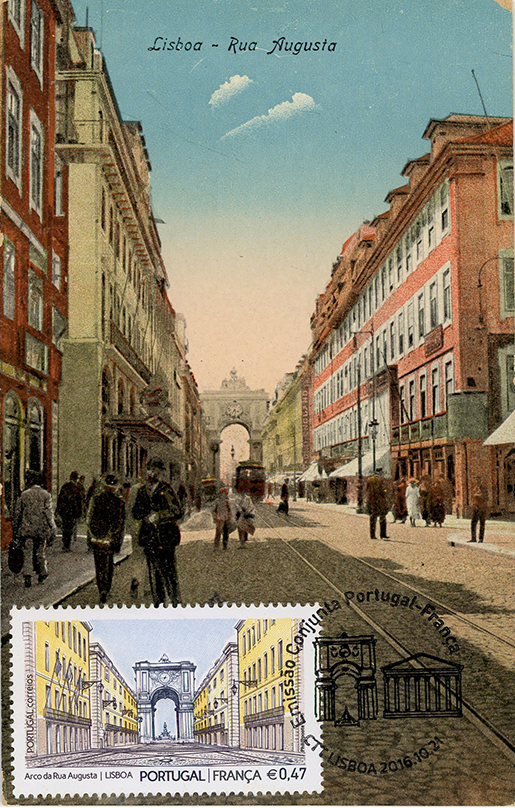
As imagens dos postais nesta página são das colecções do CAN THE CAN, Hugo Oliveira site postais_antigos.com e de Joaquim Cortês.


